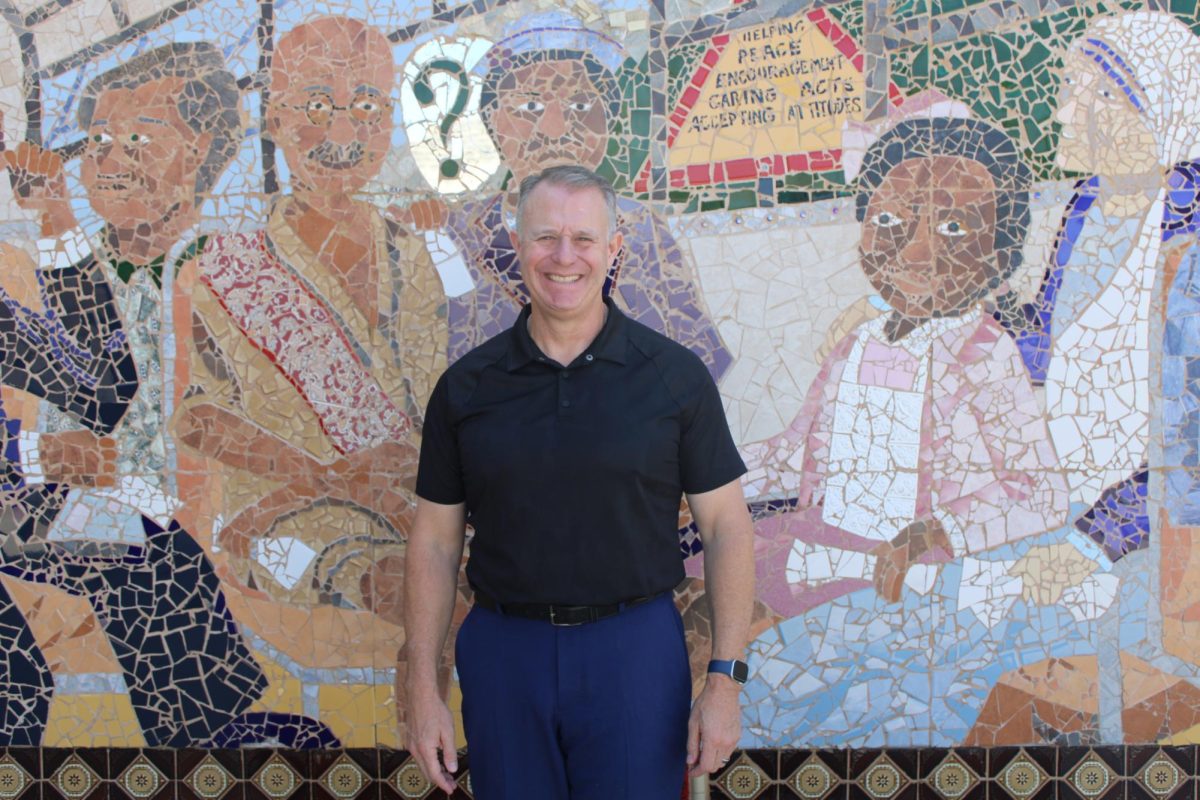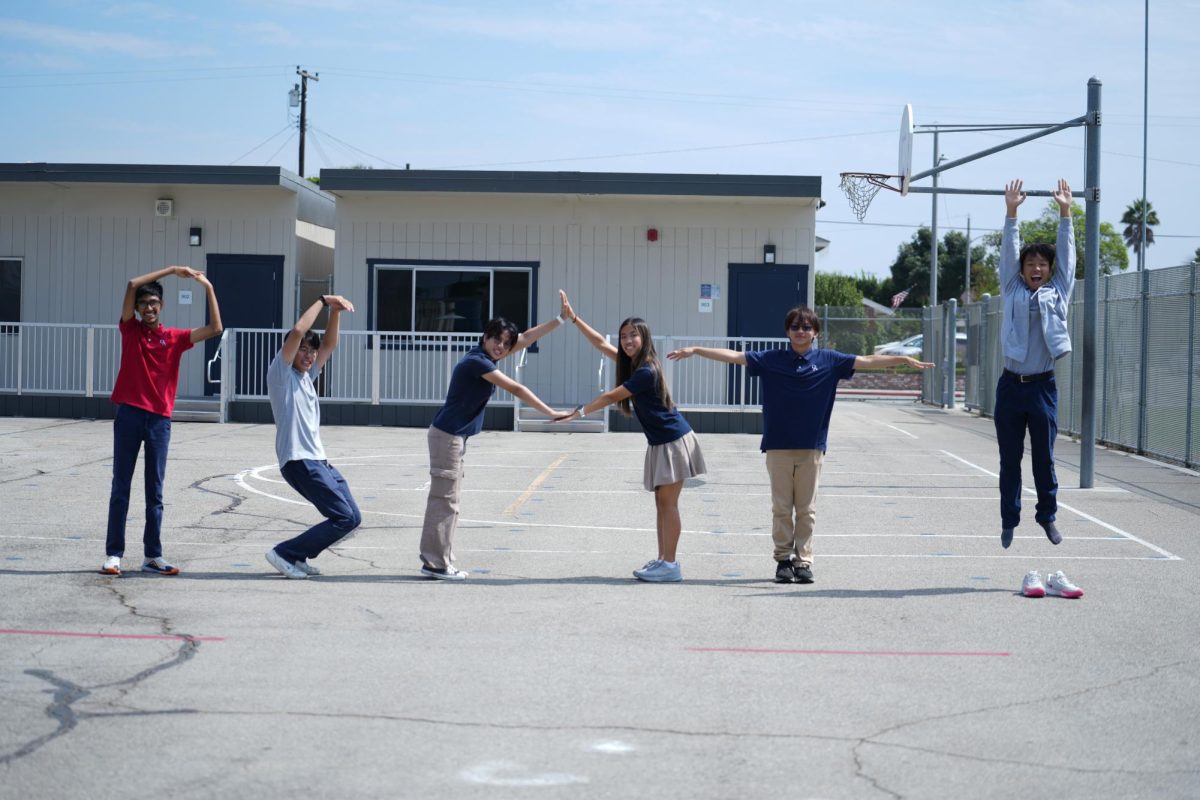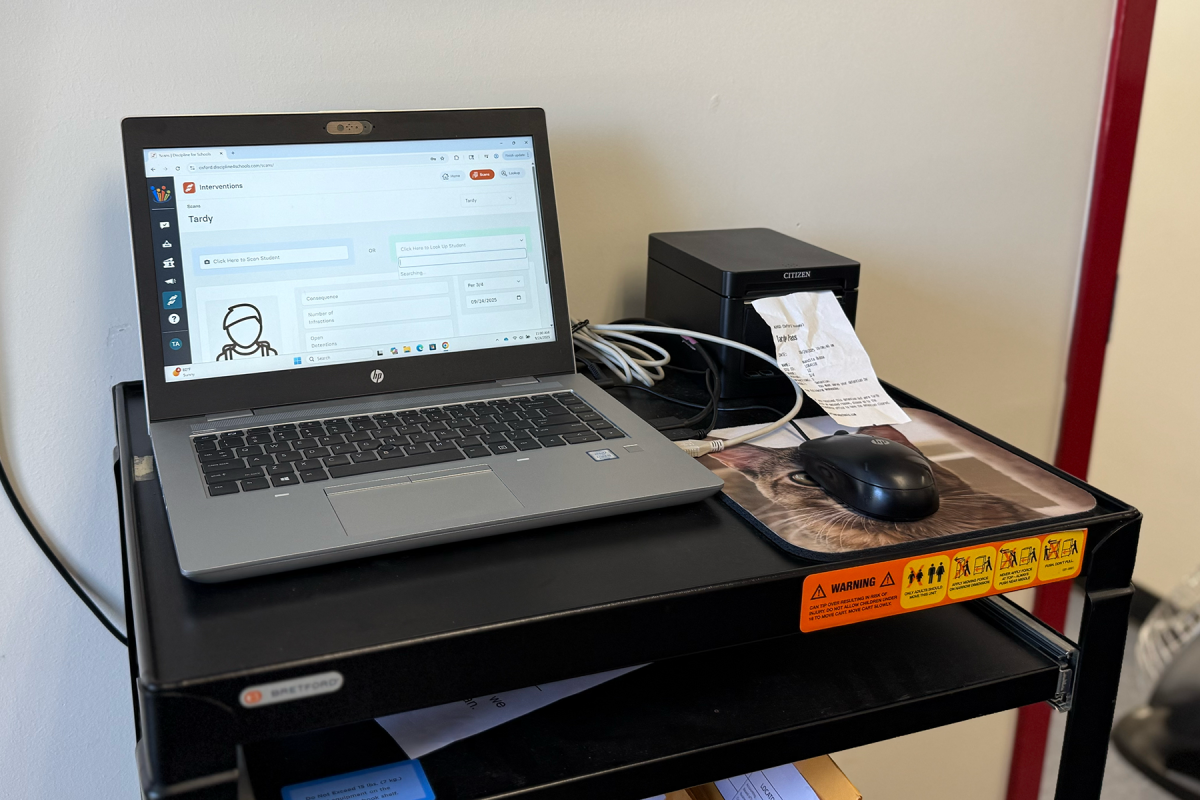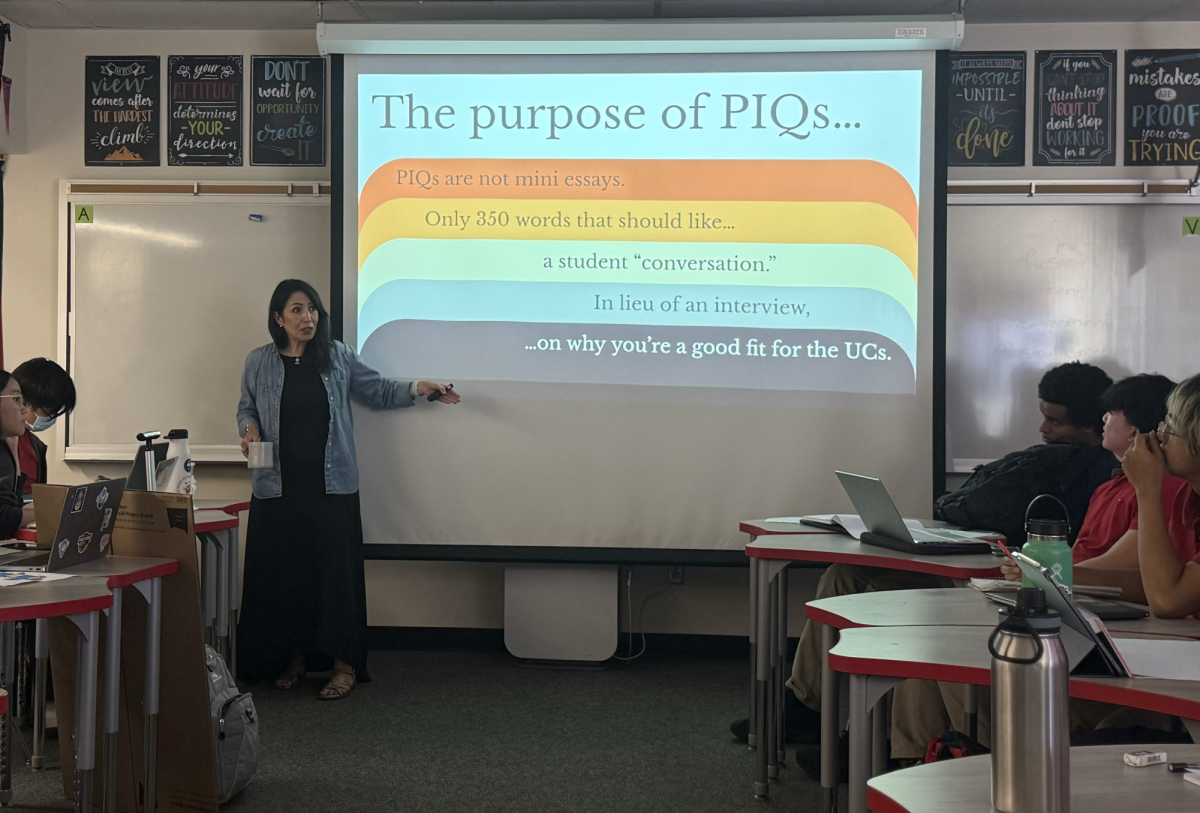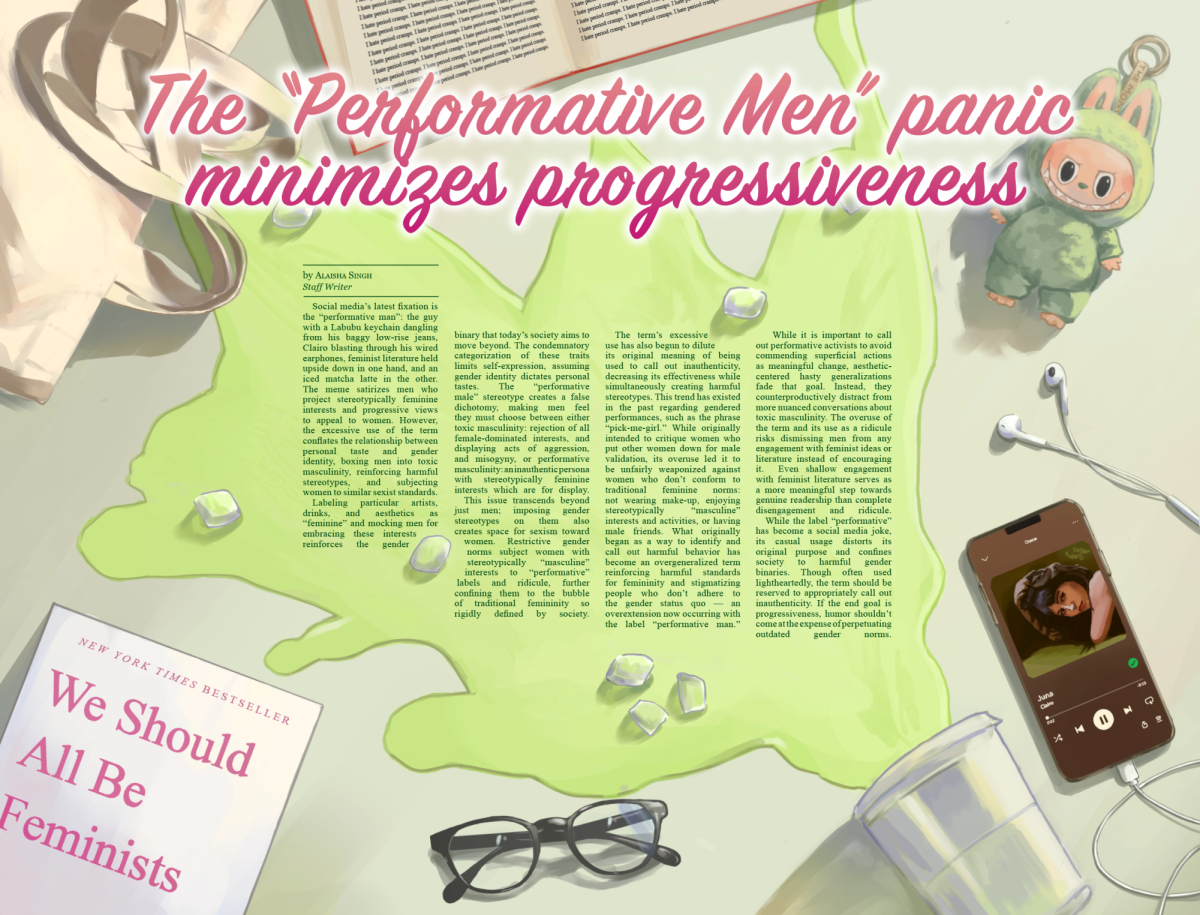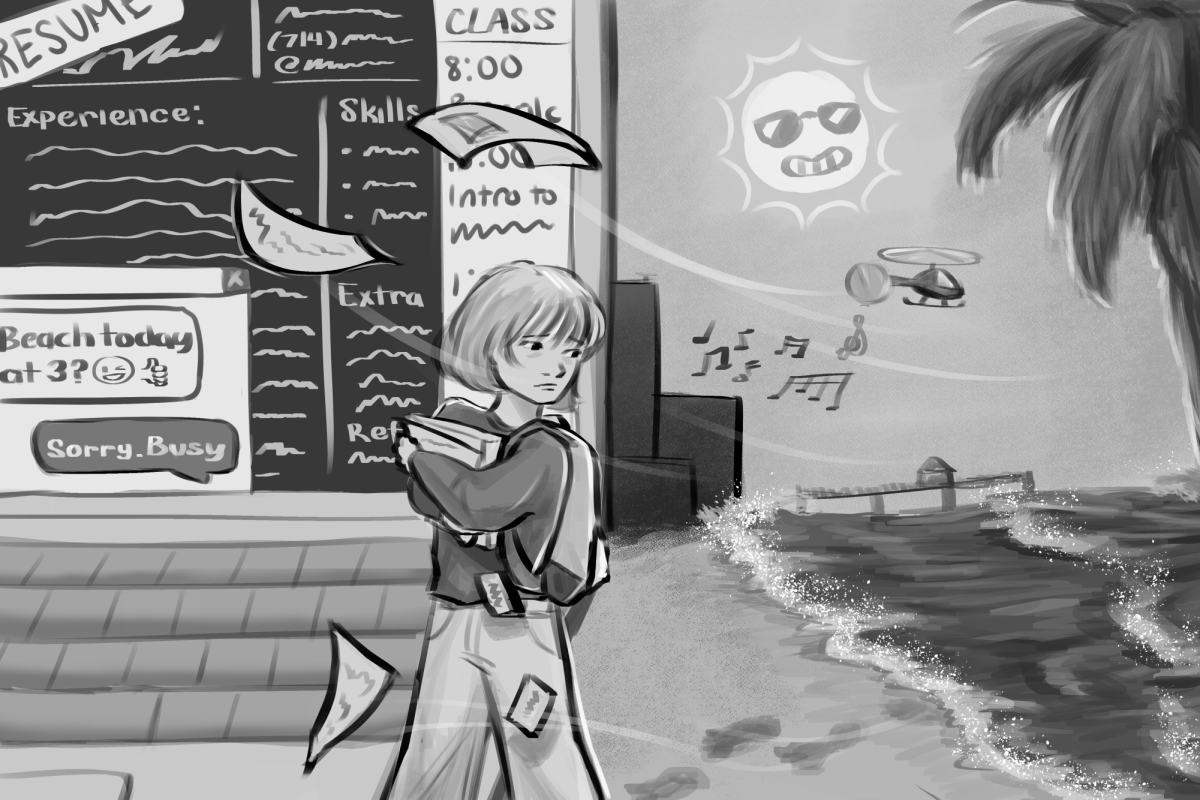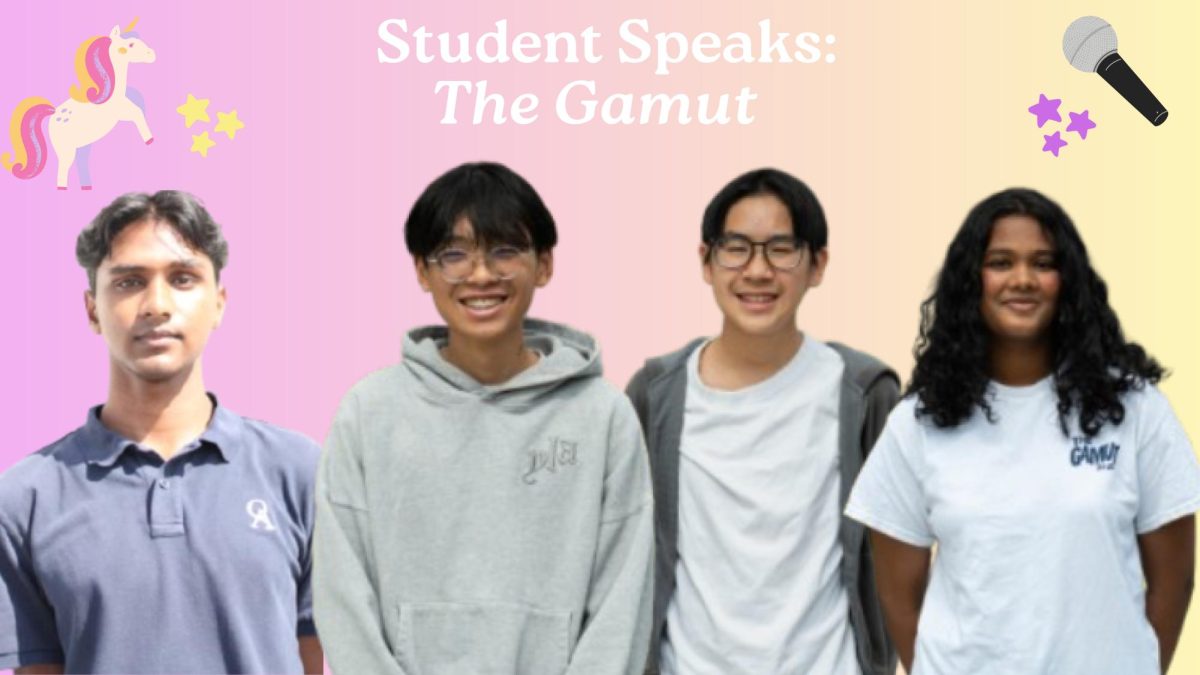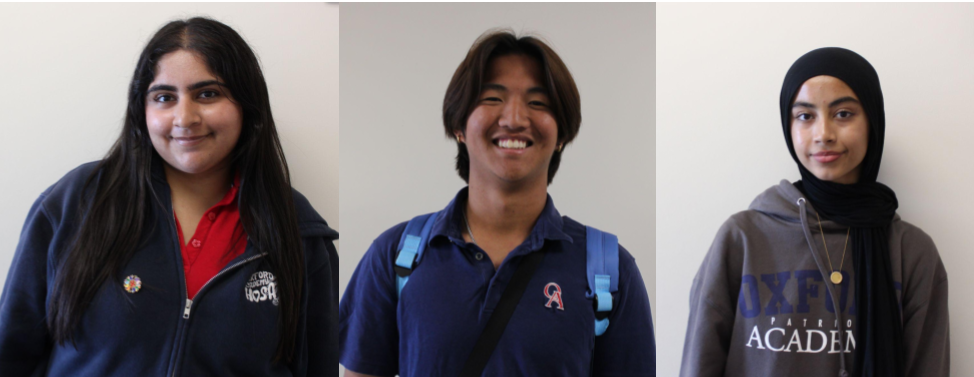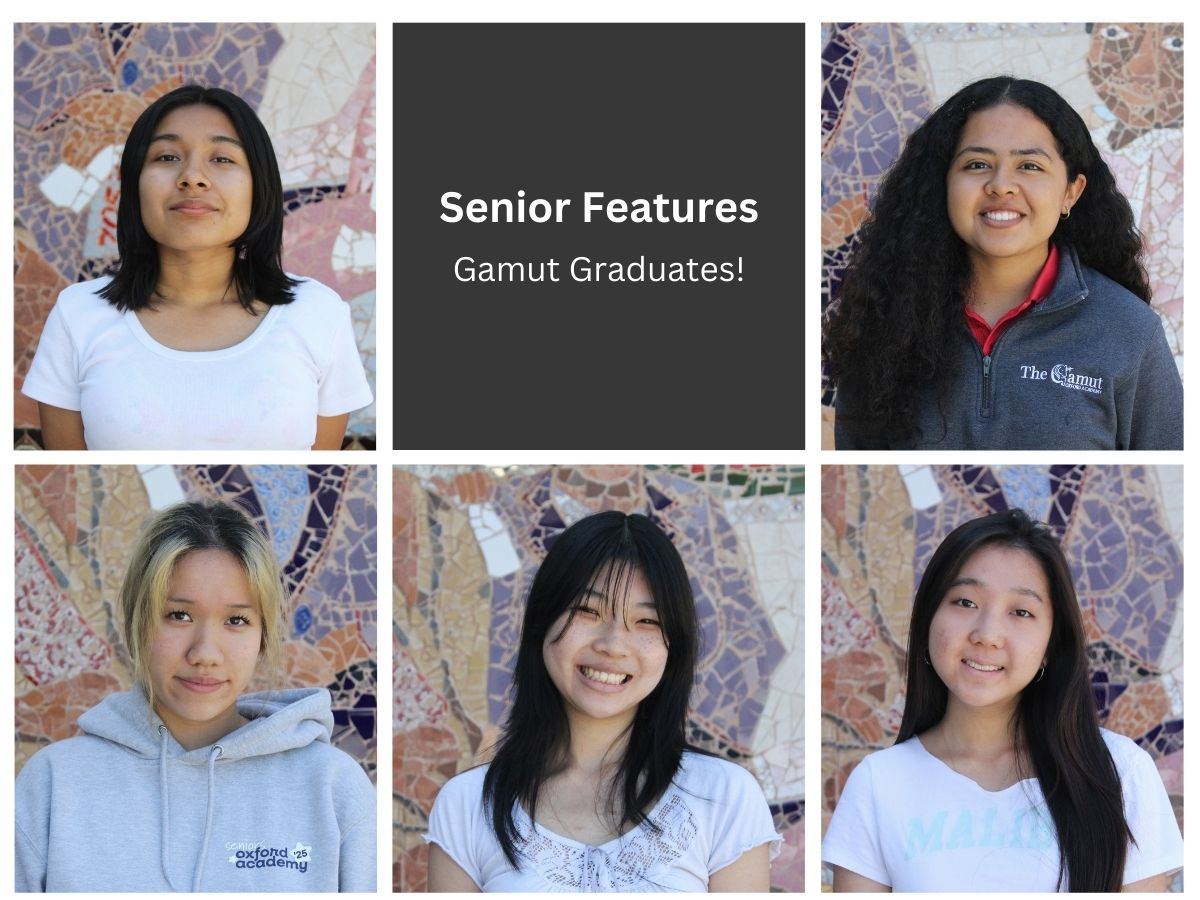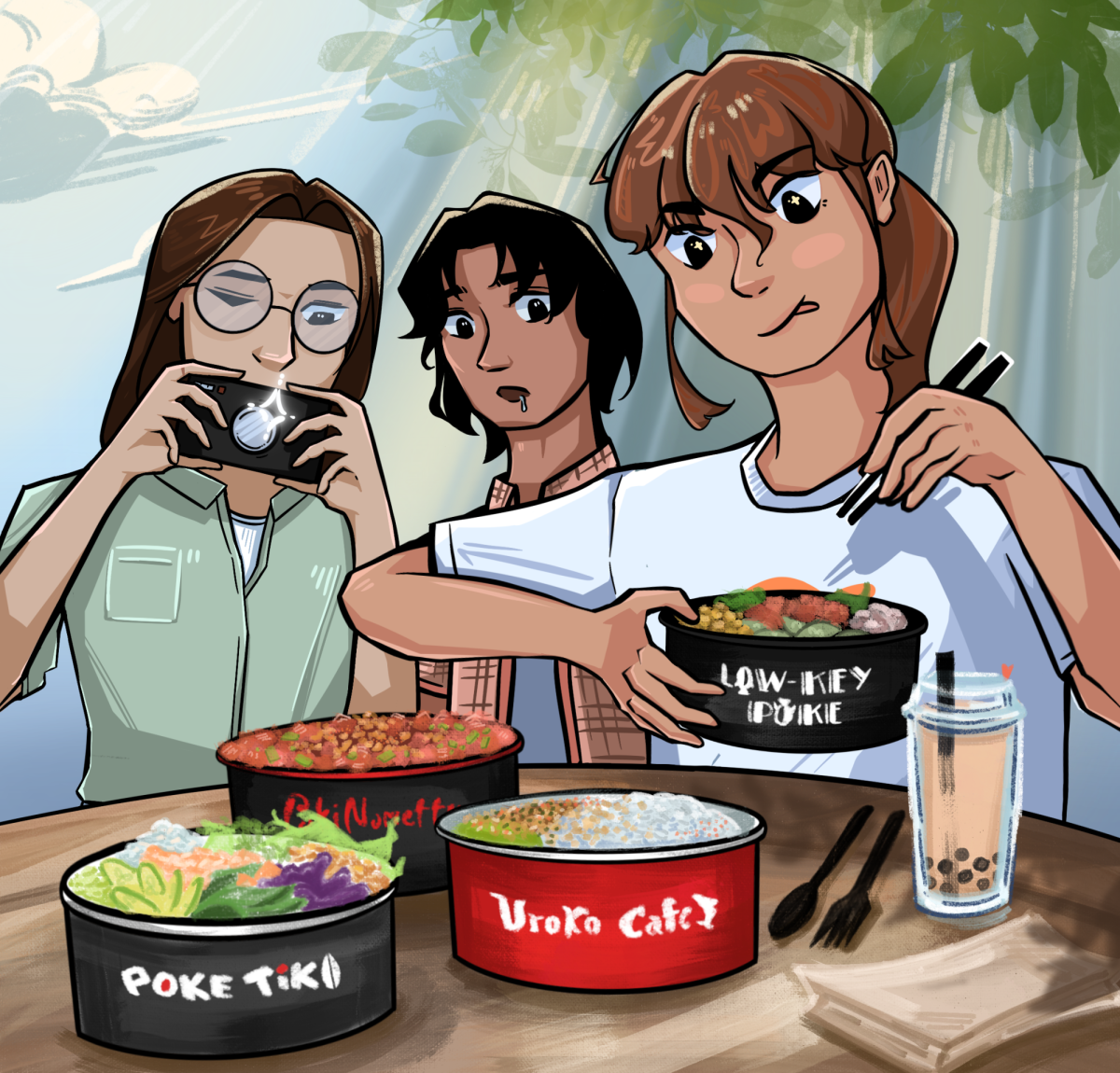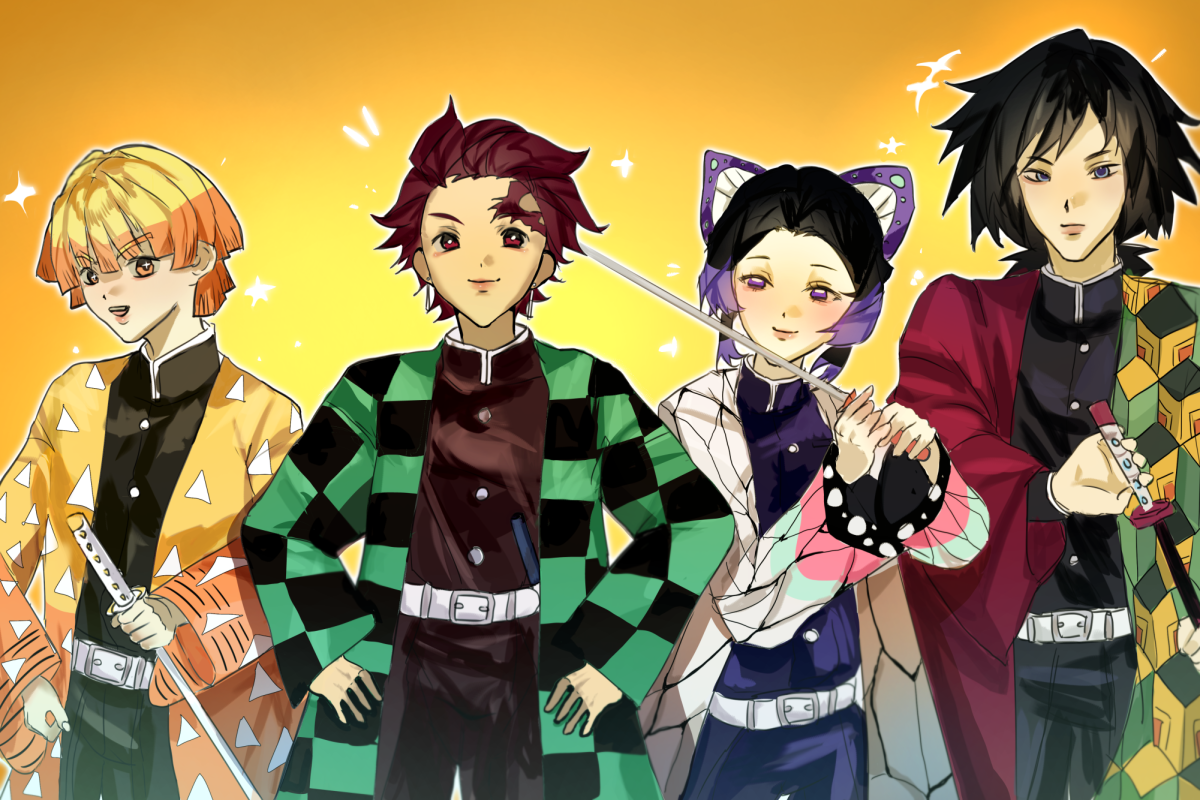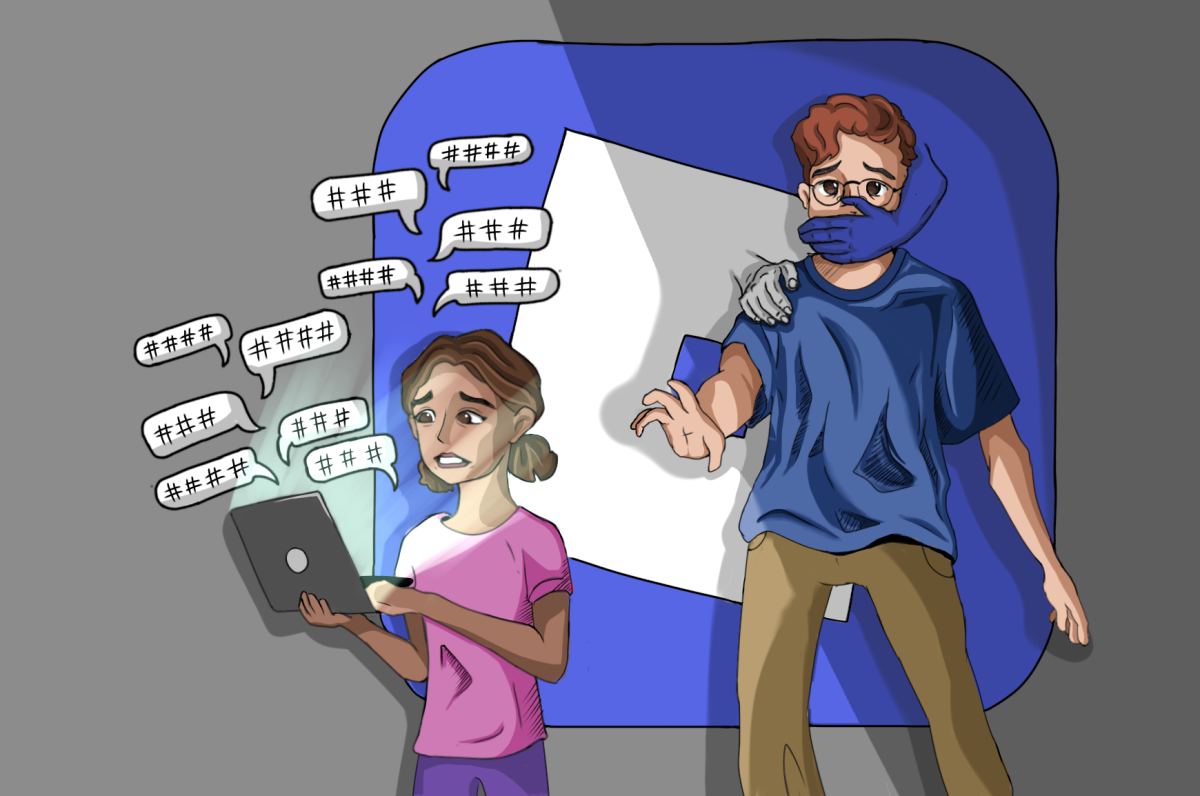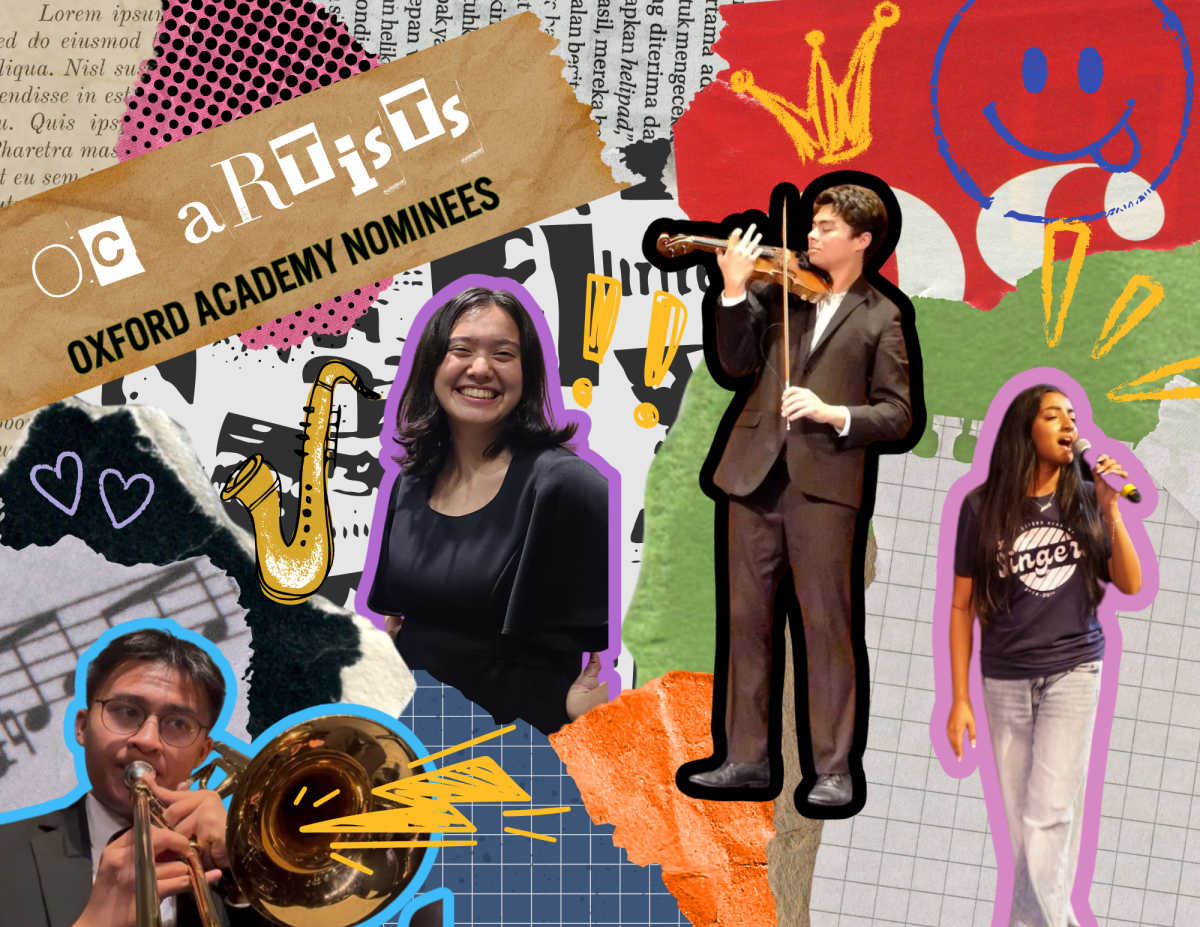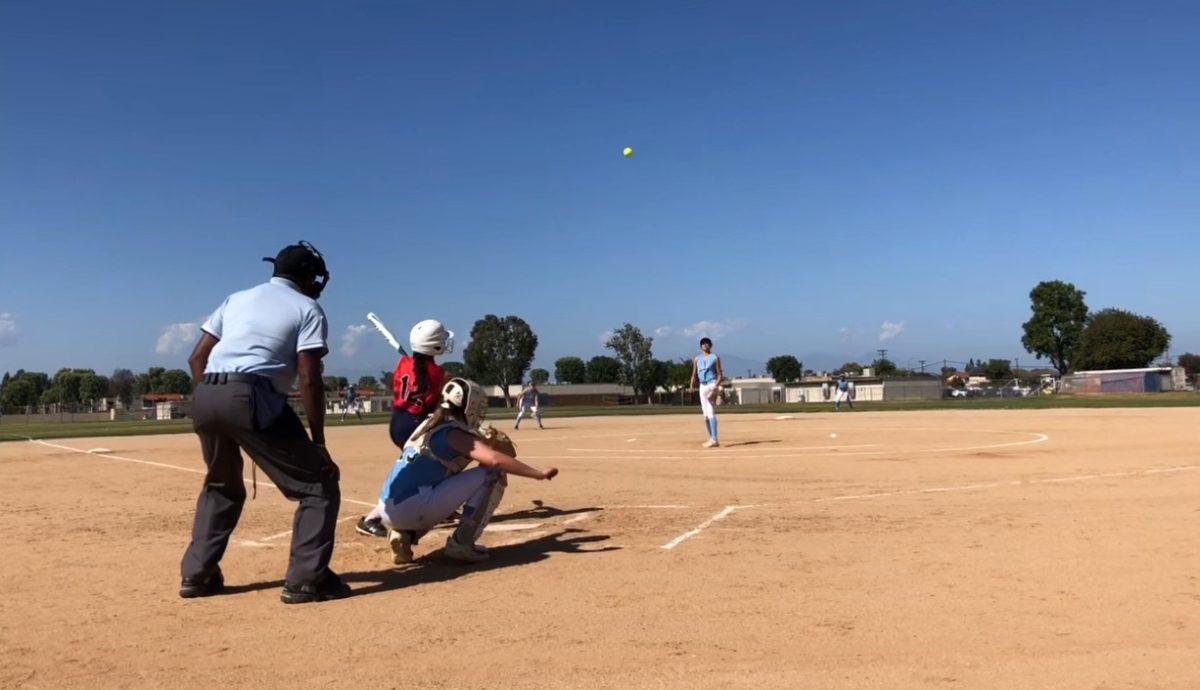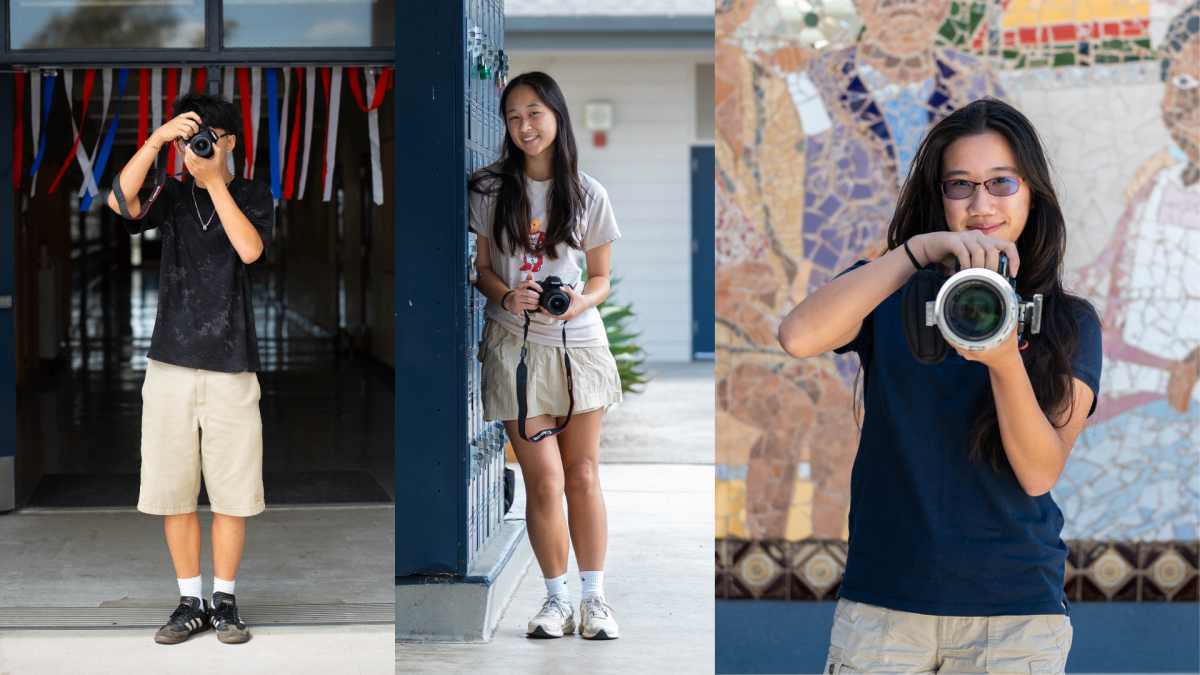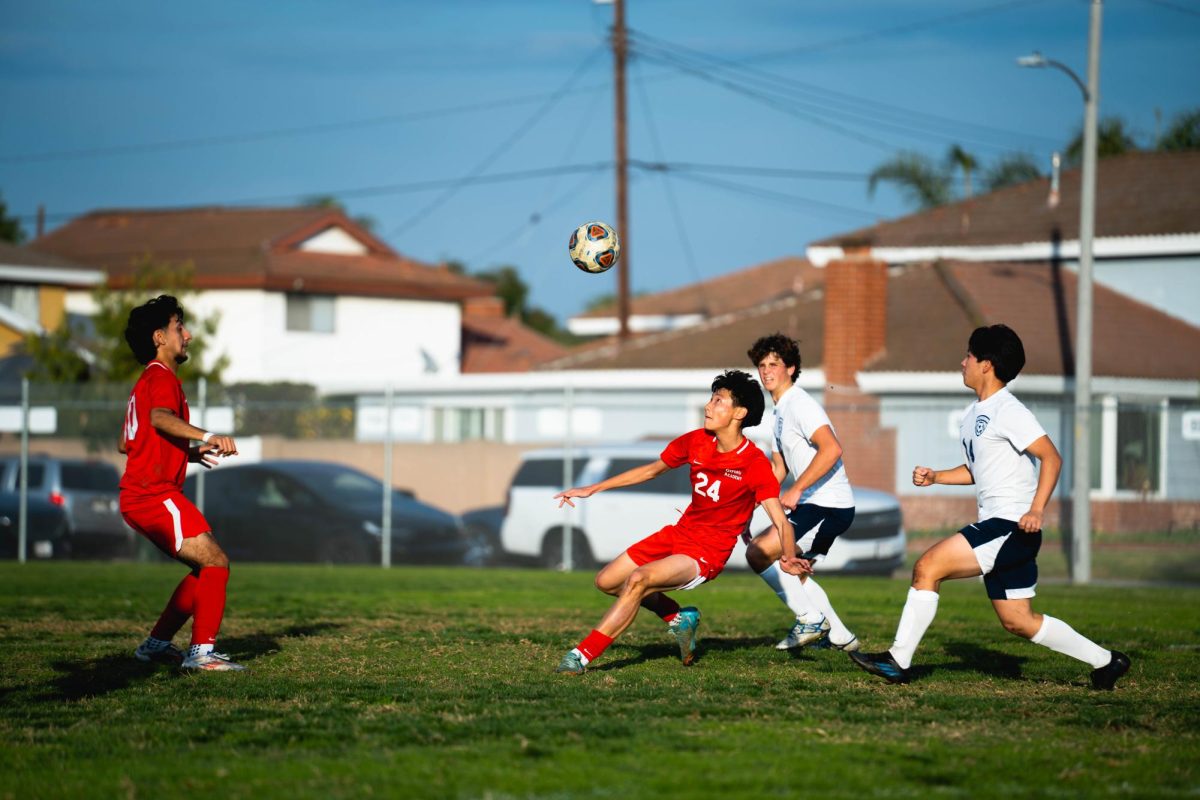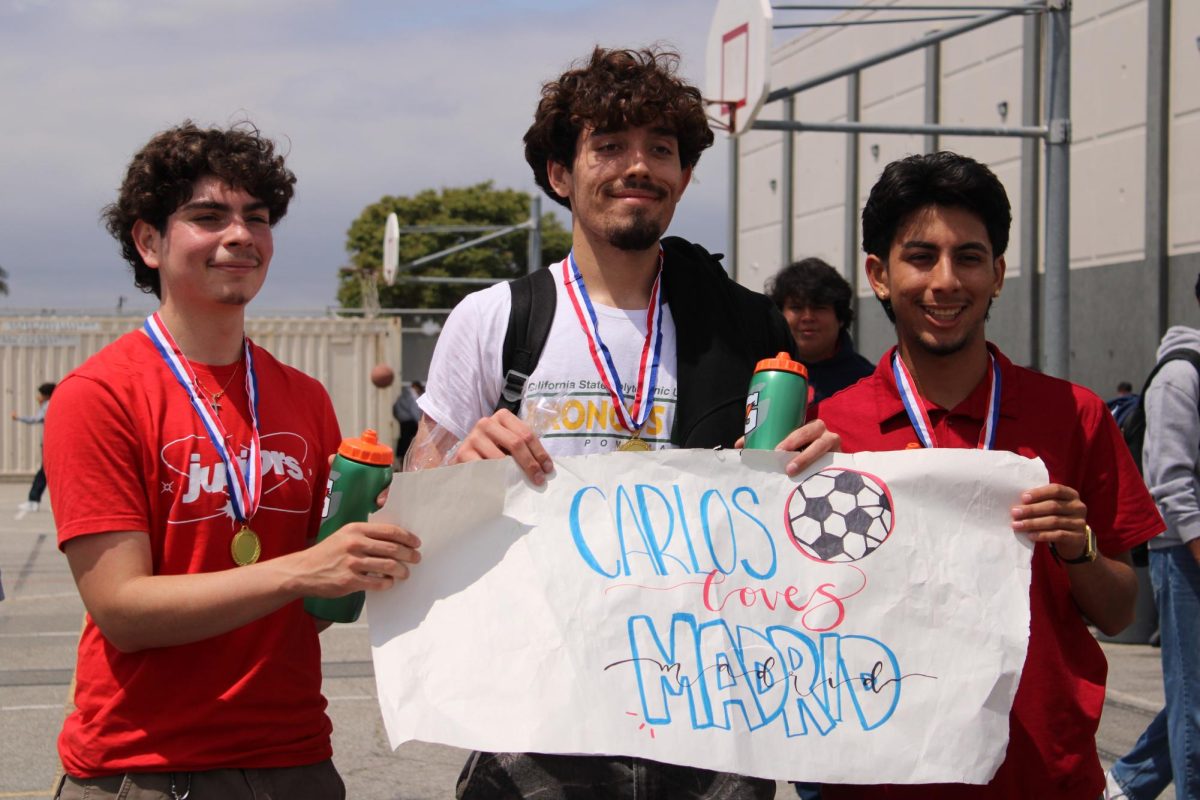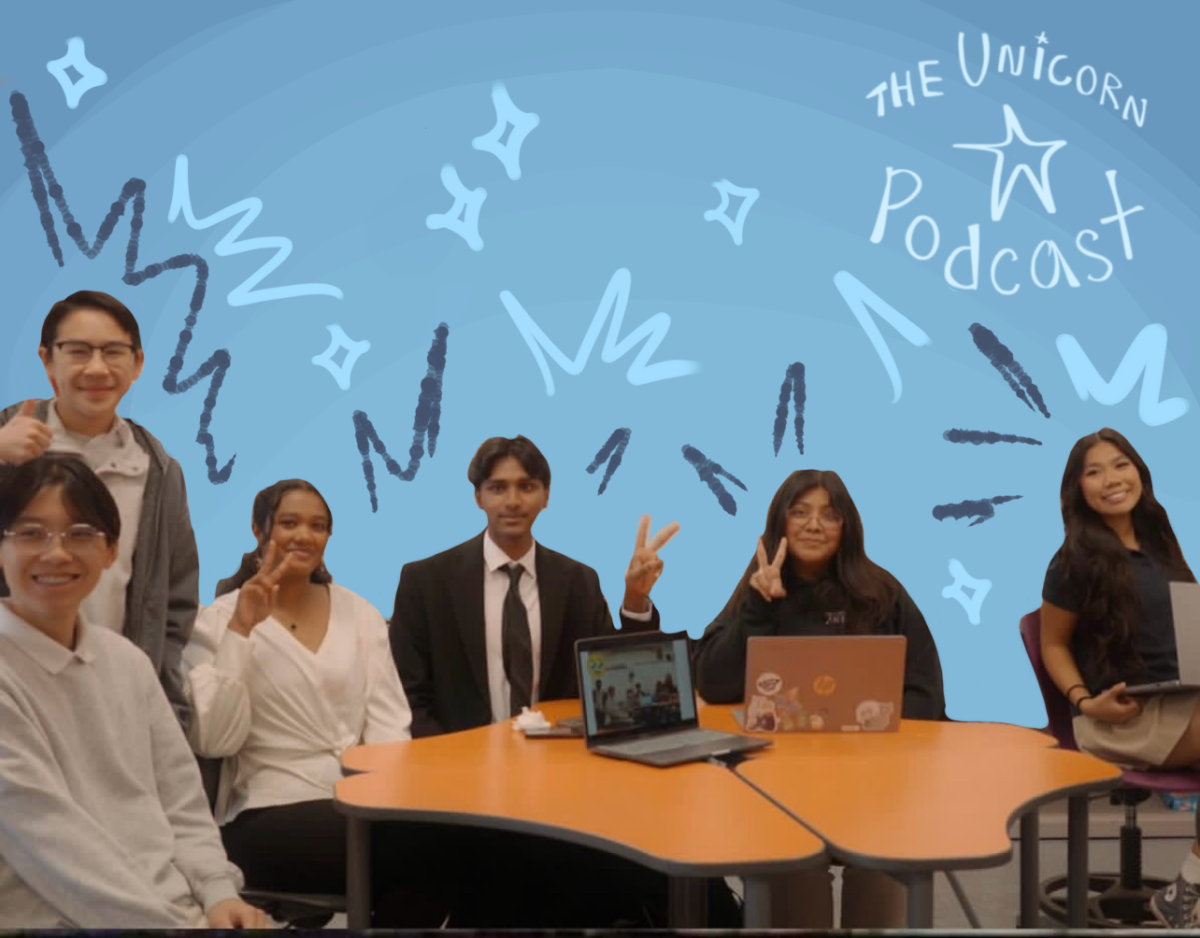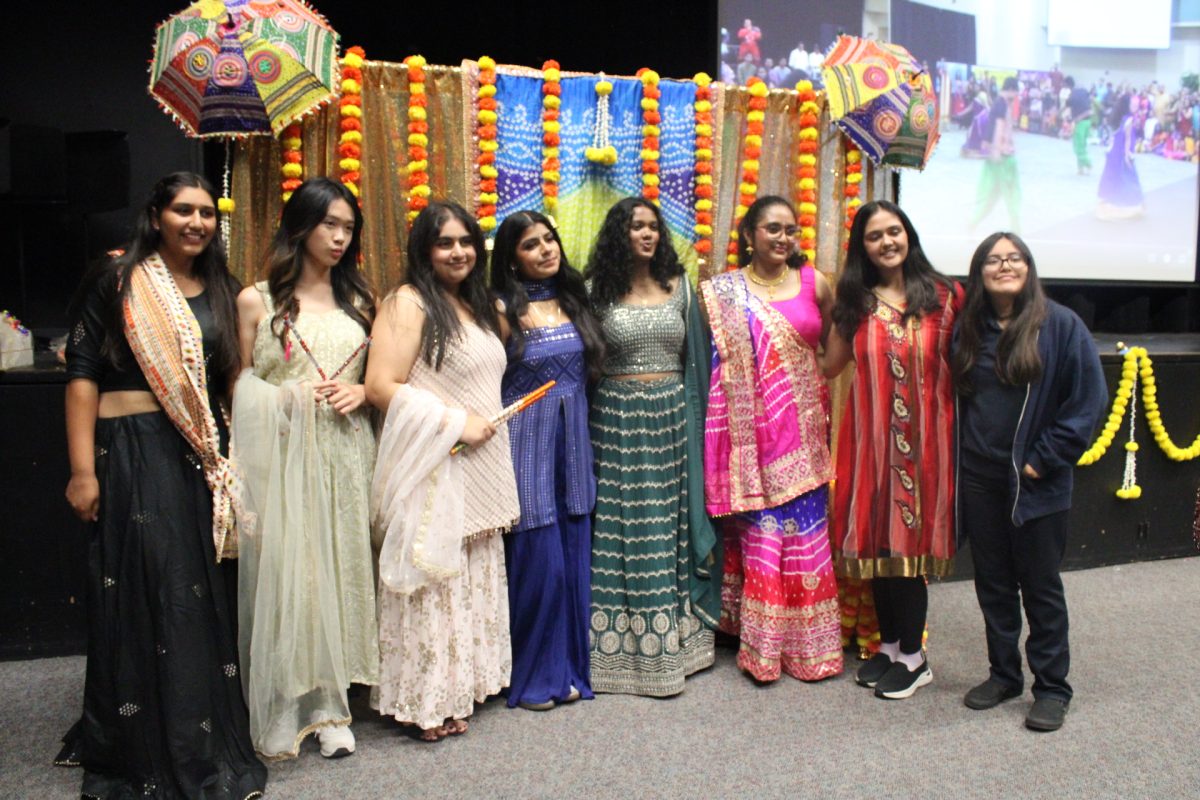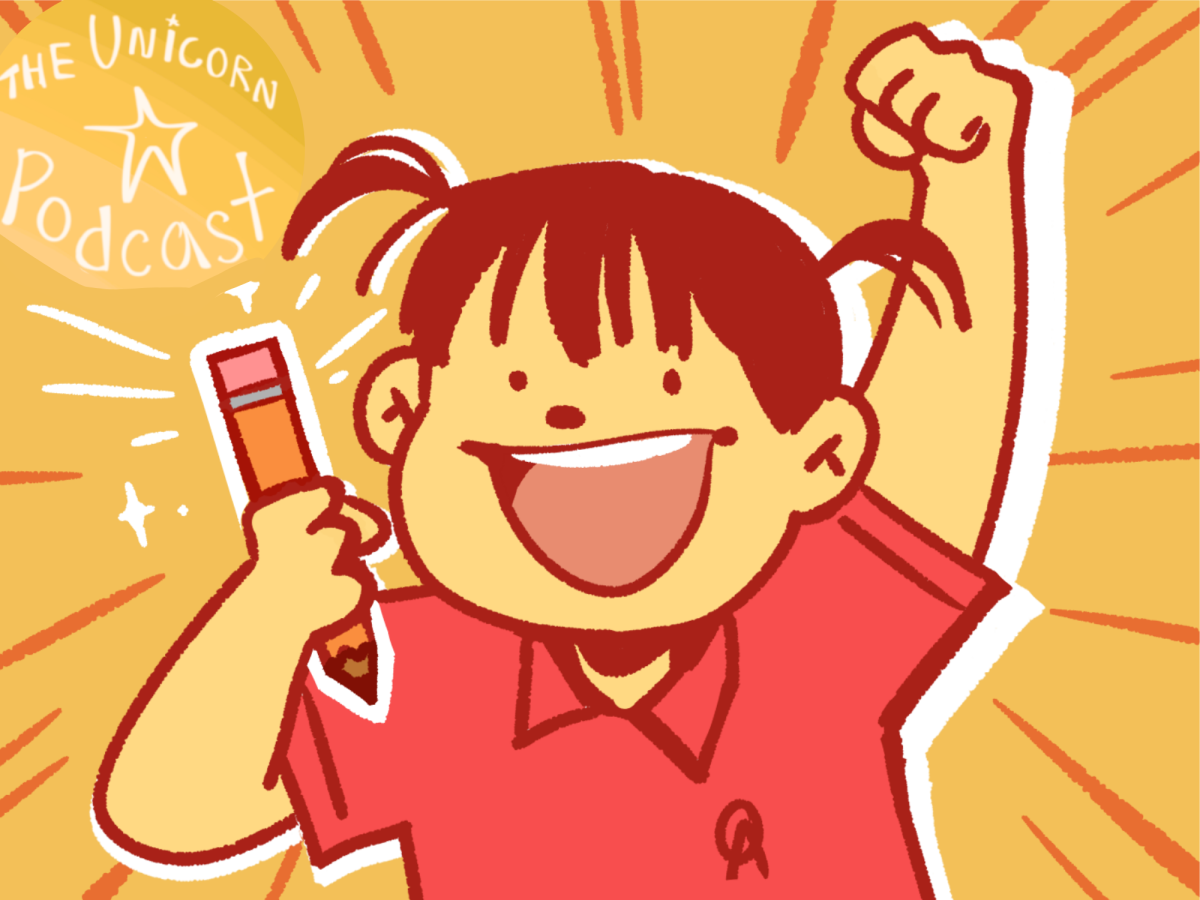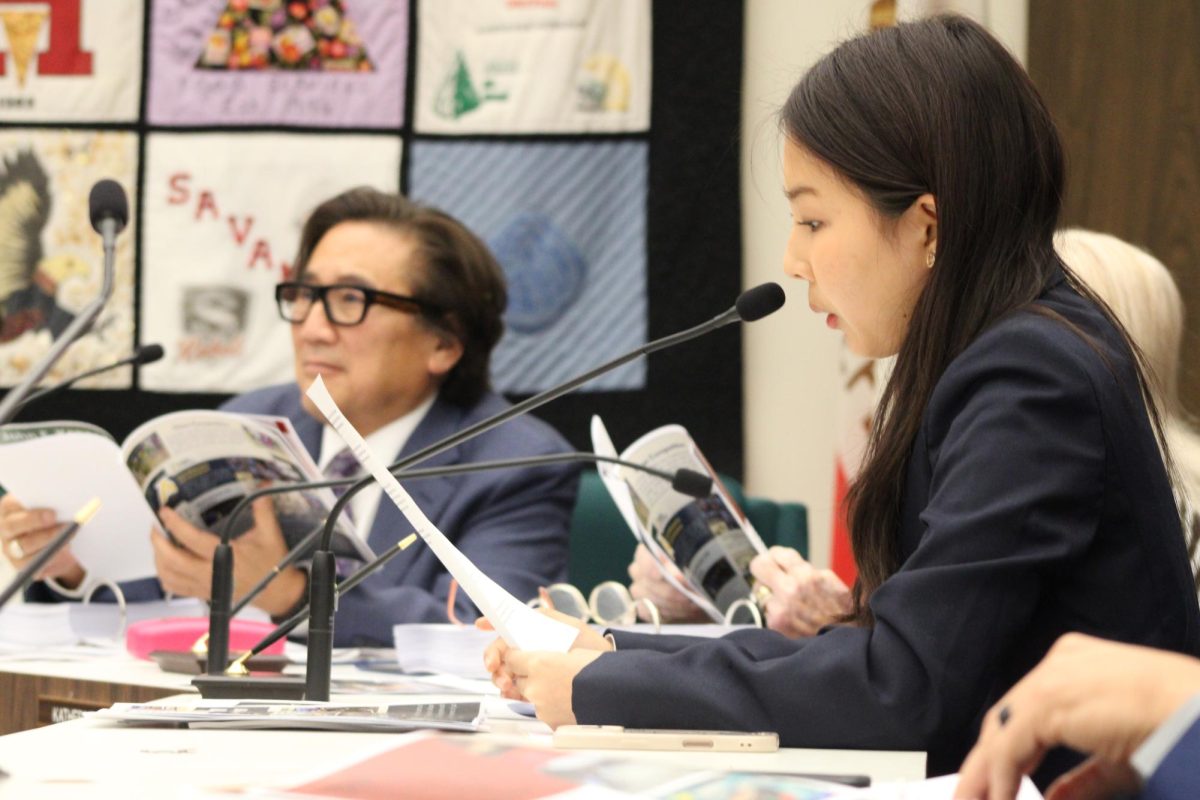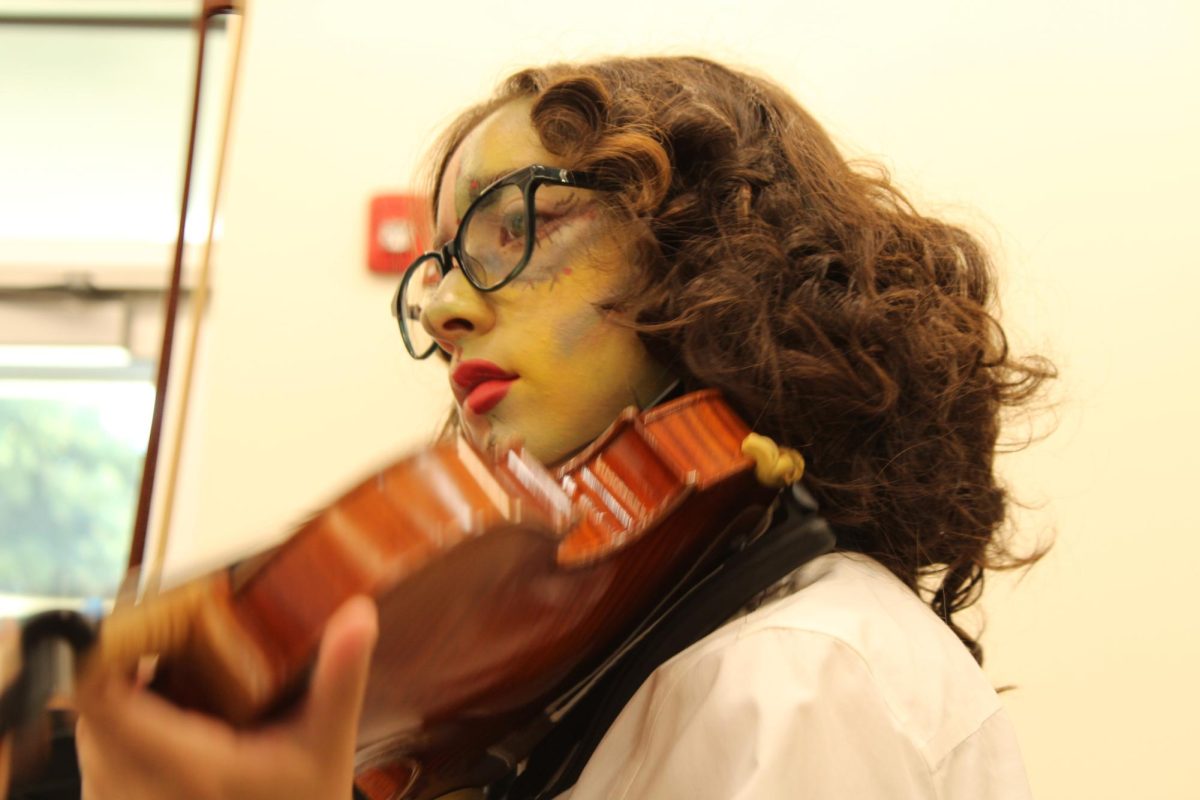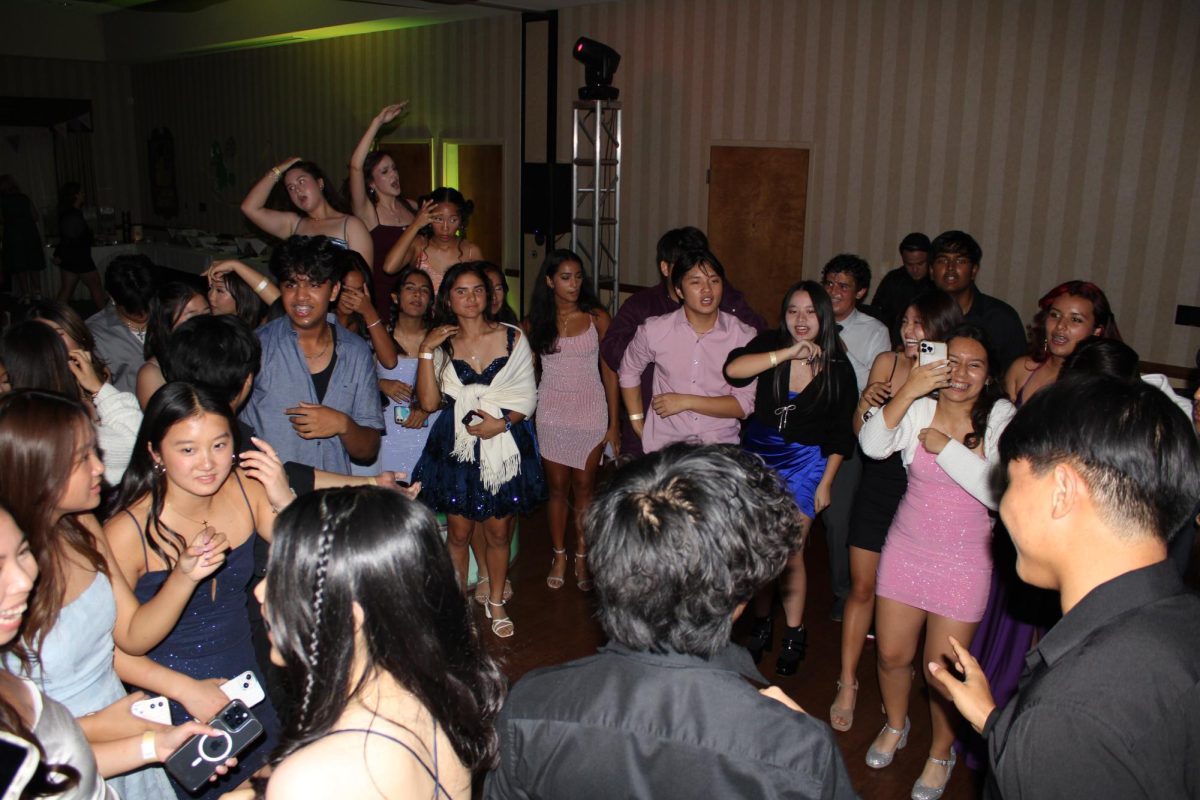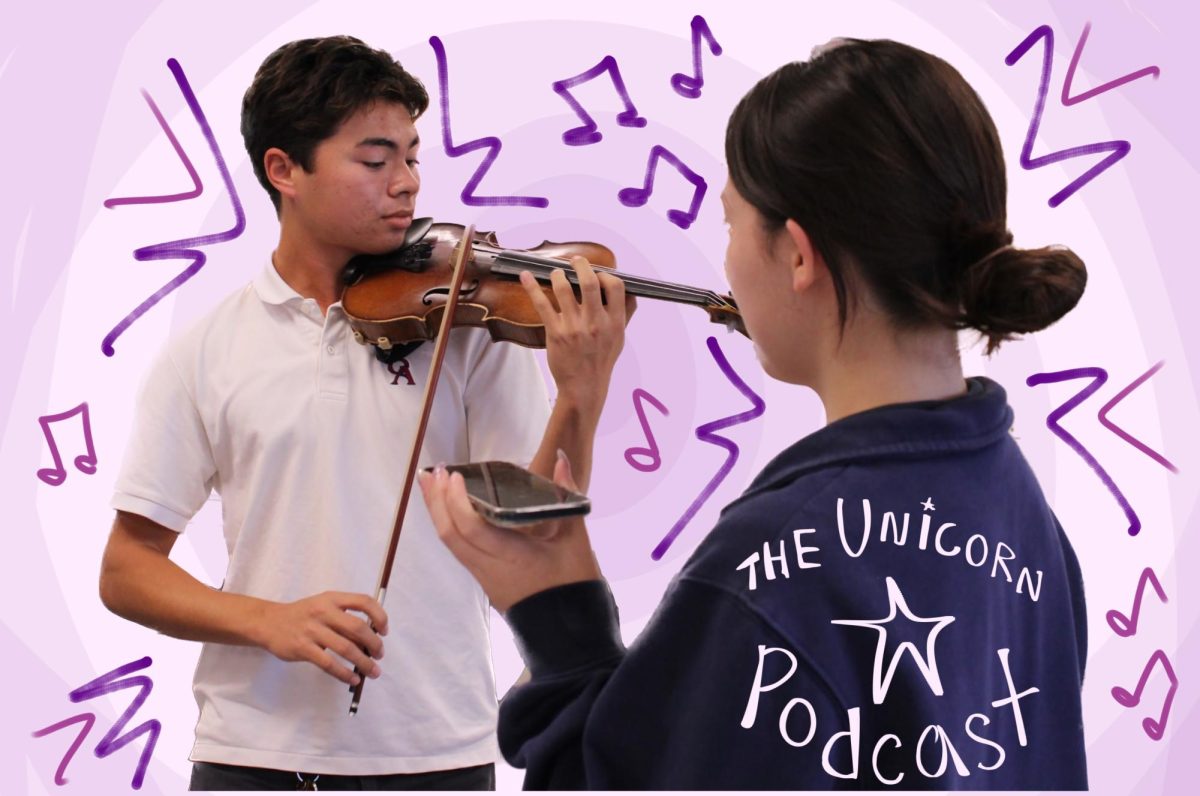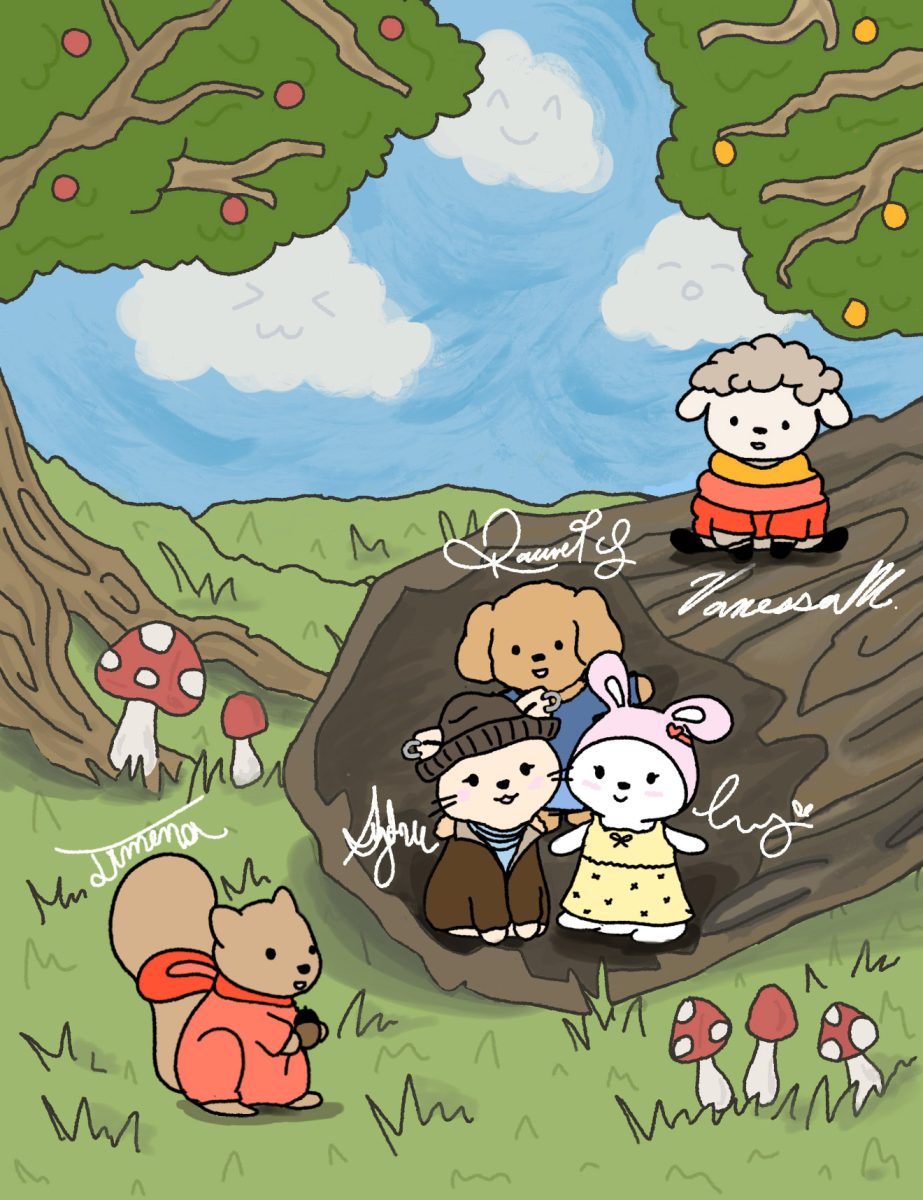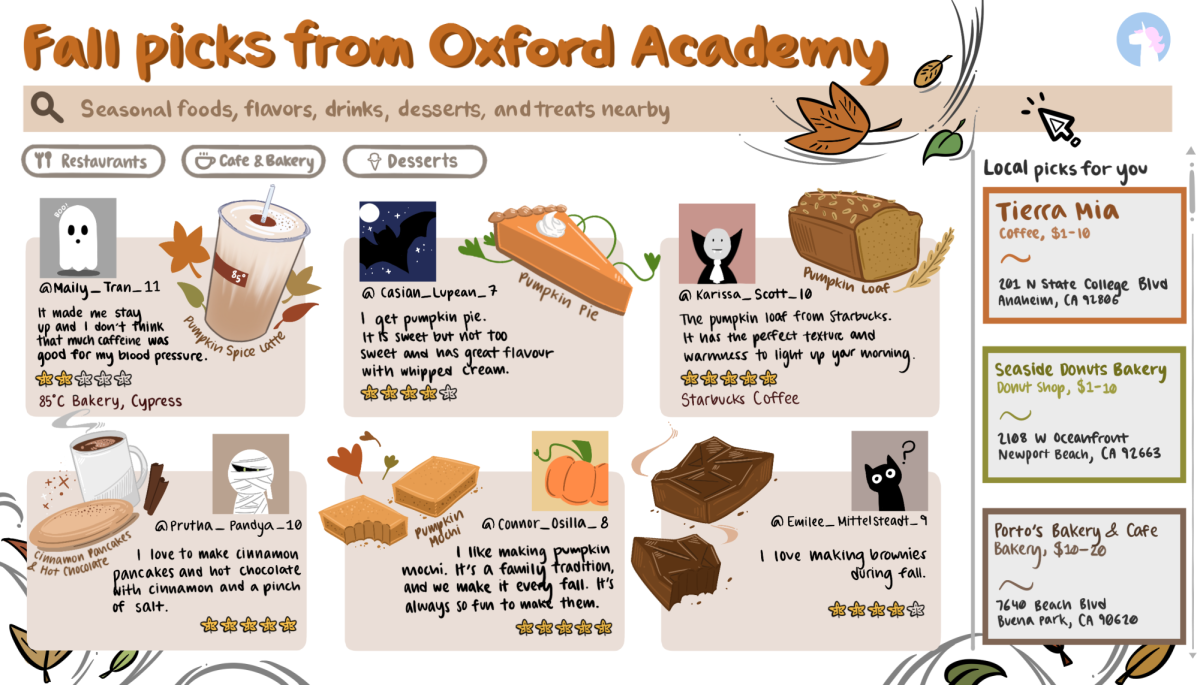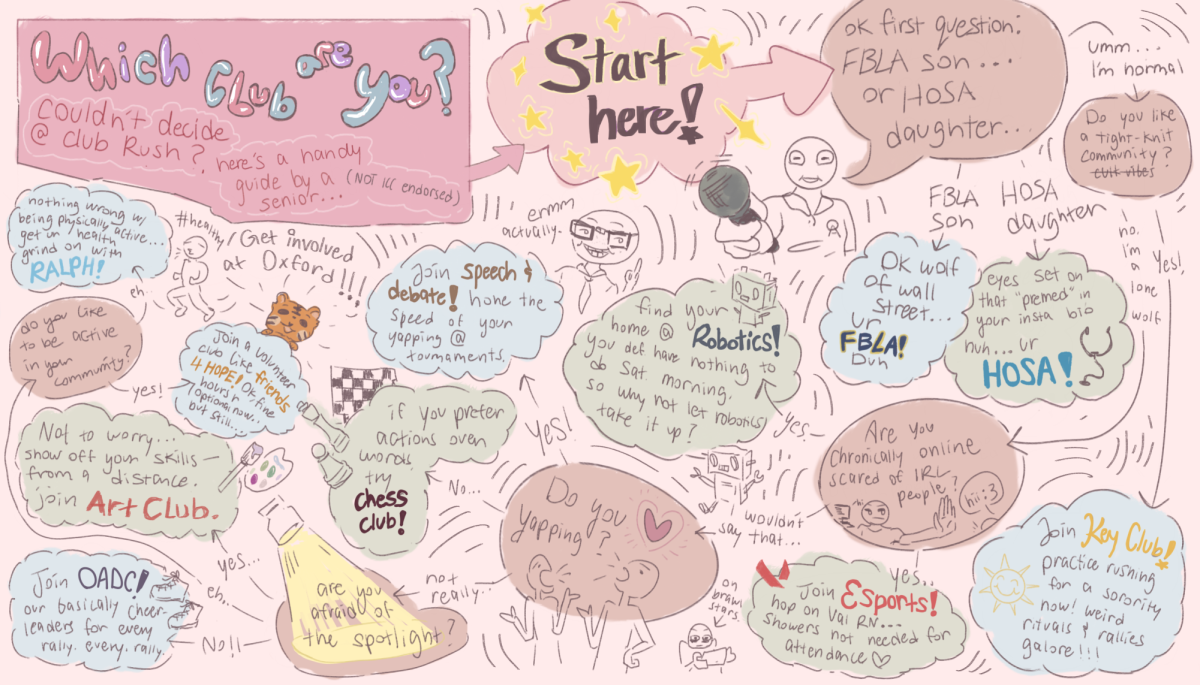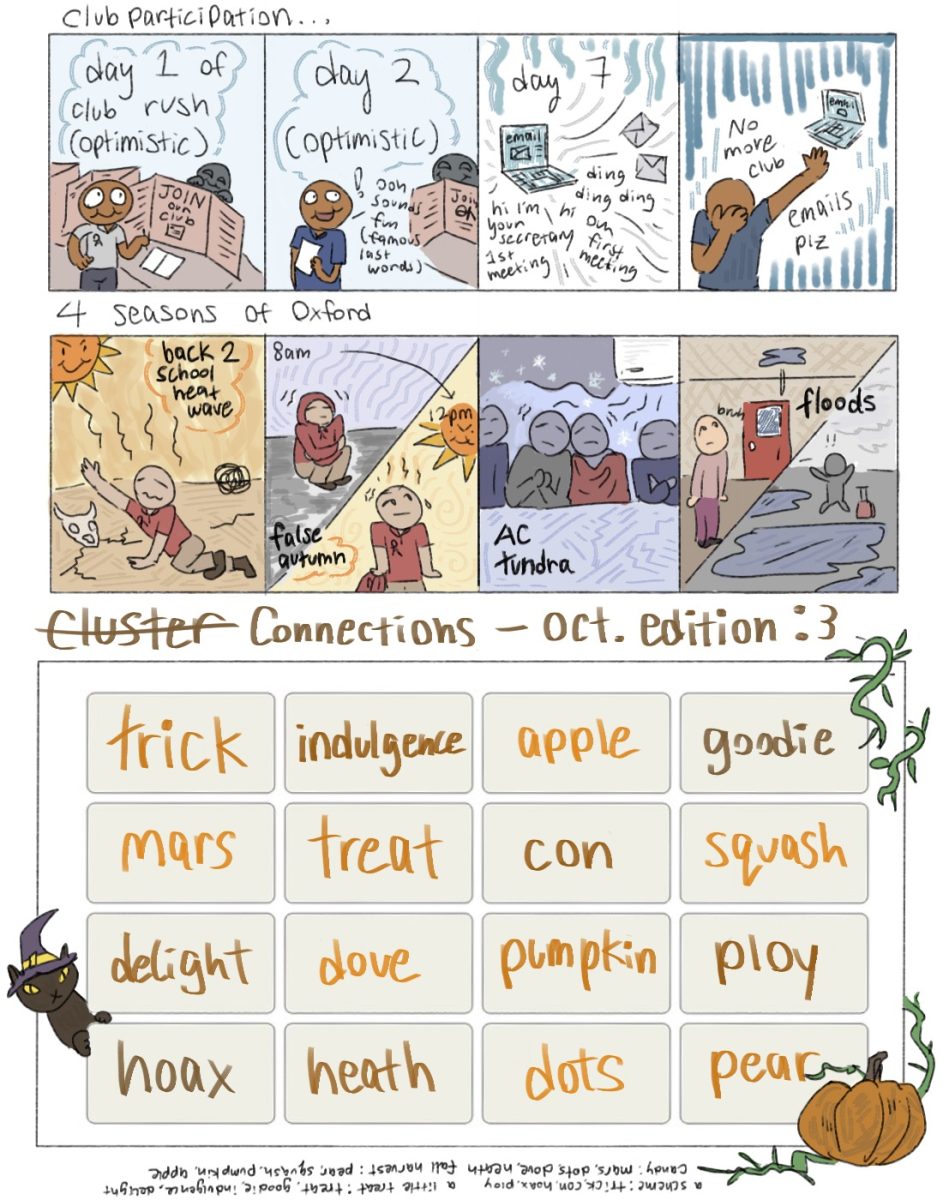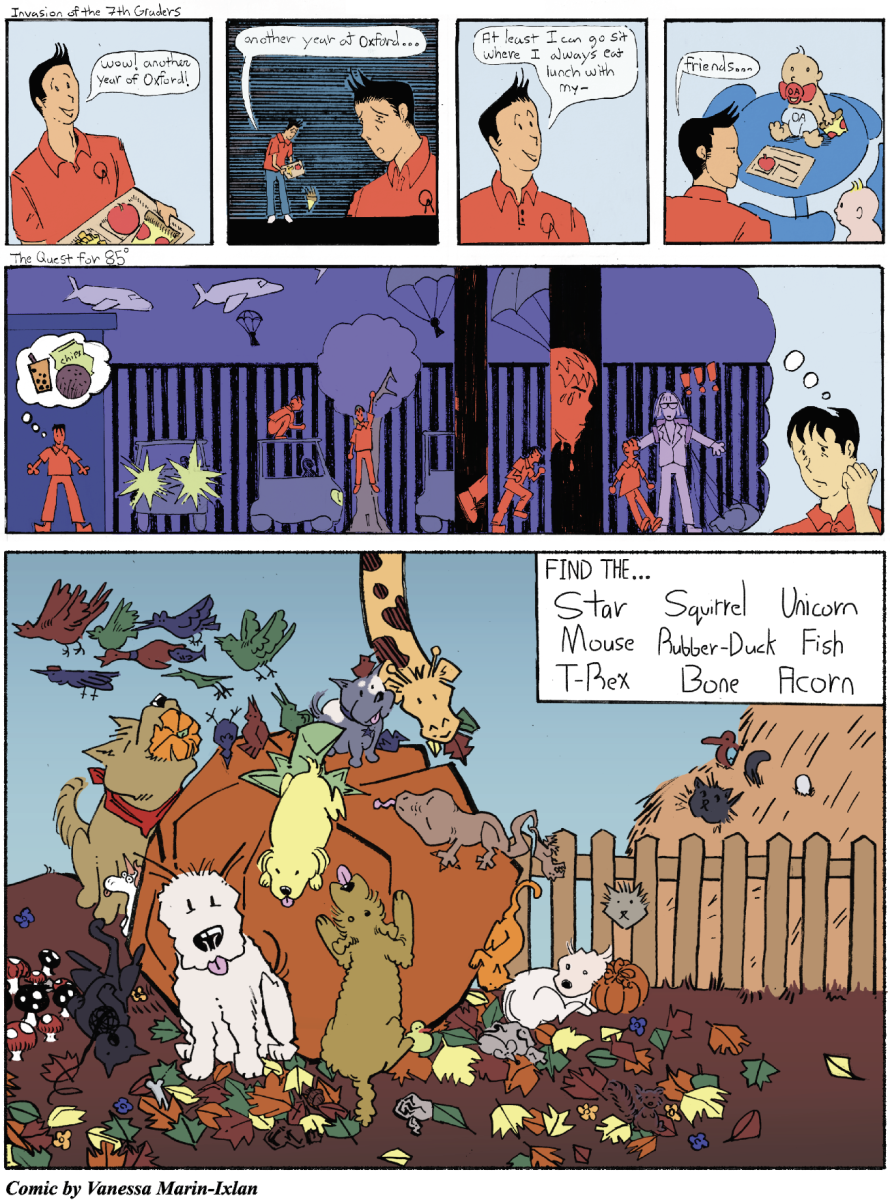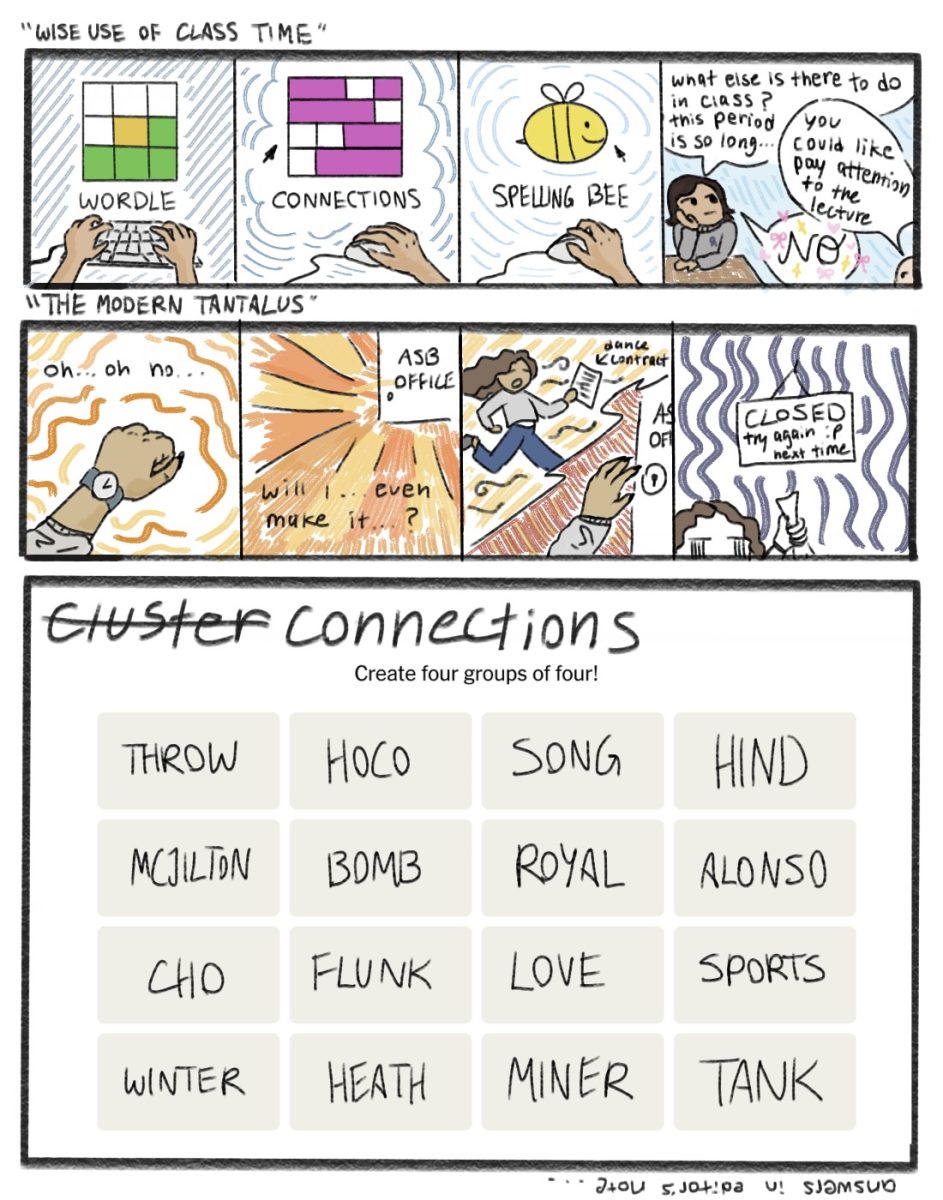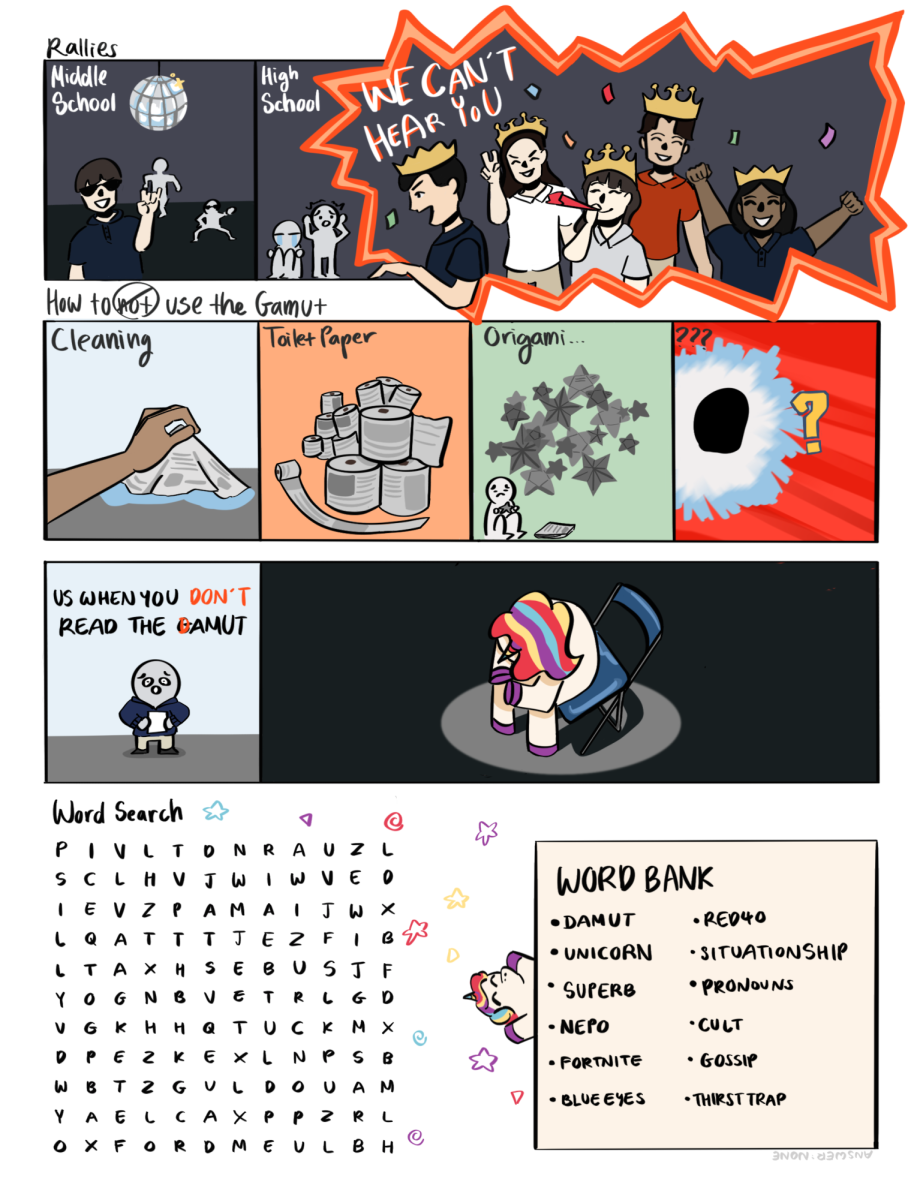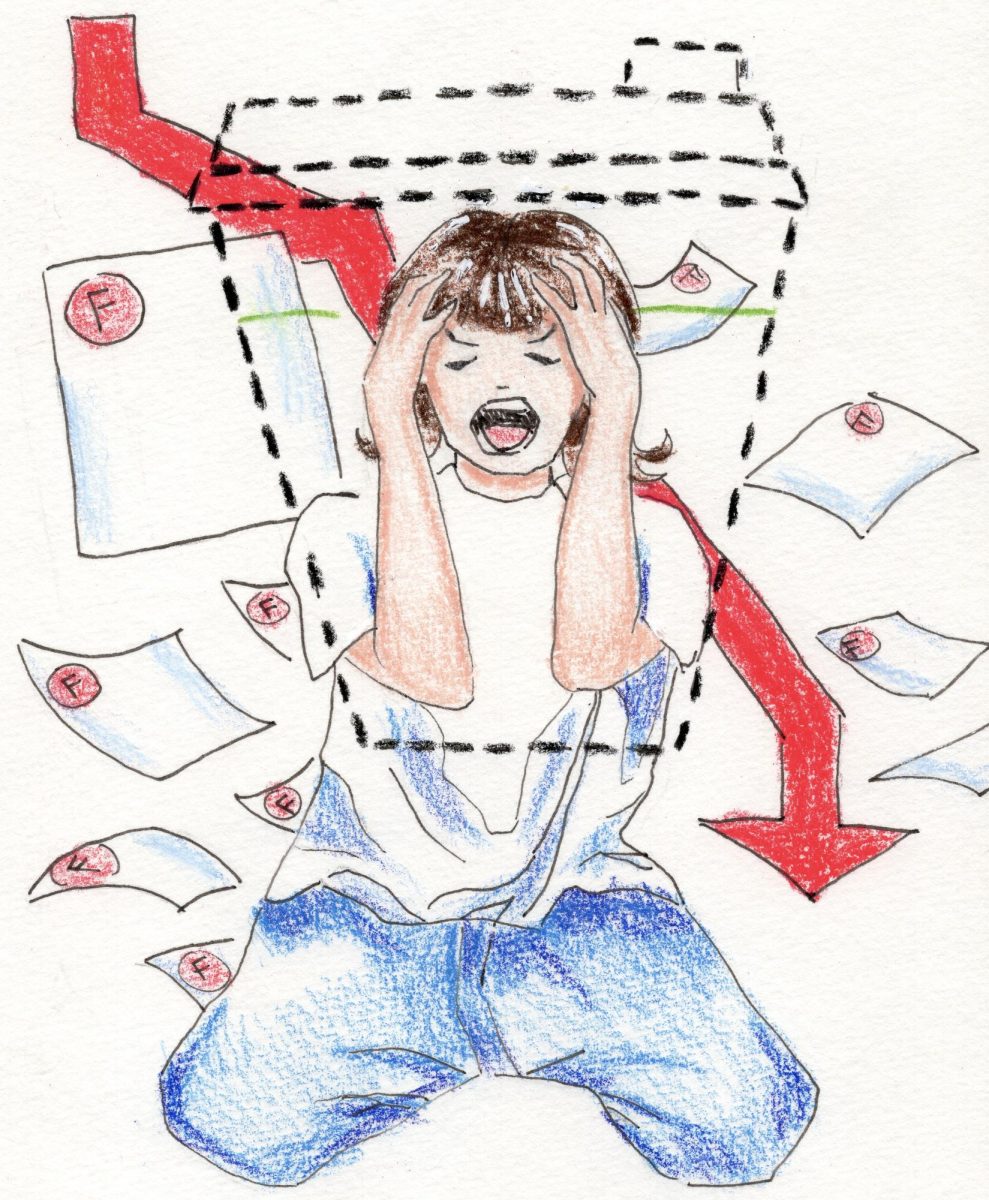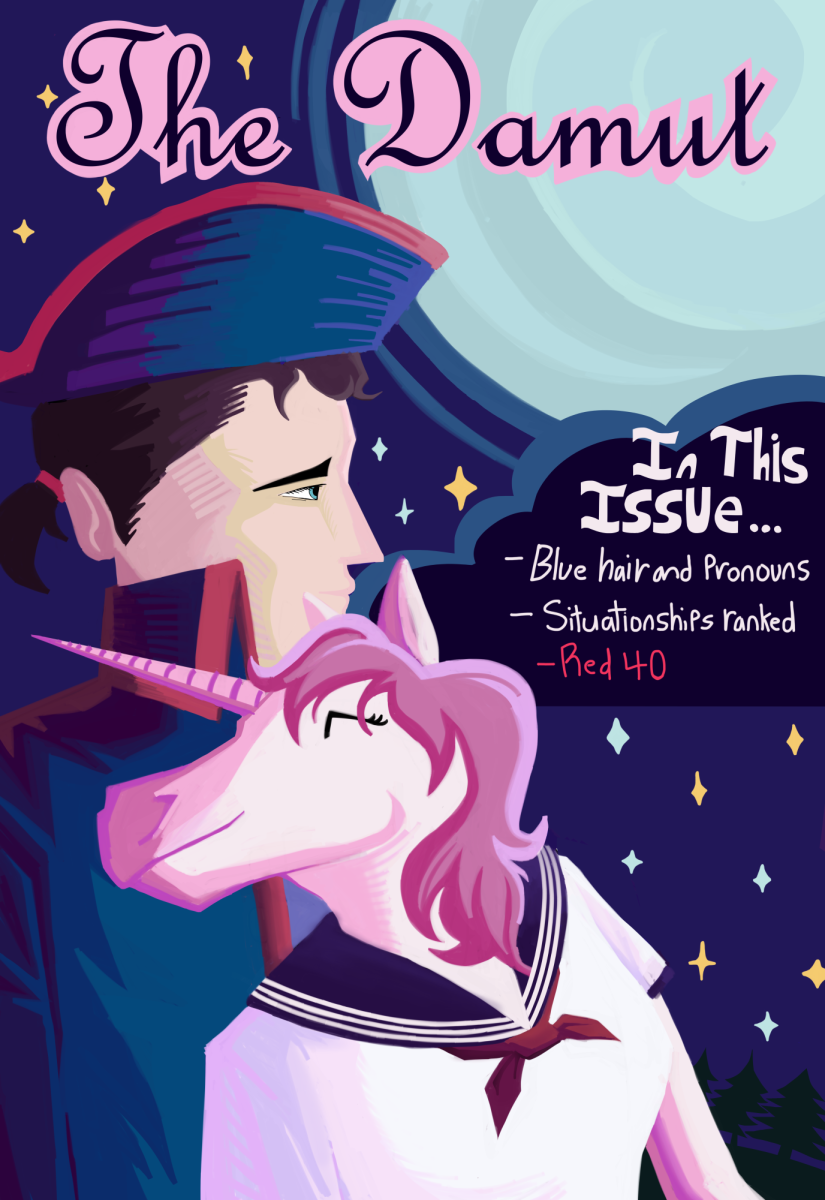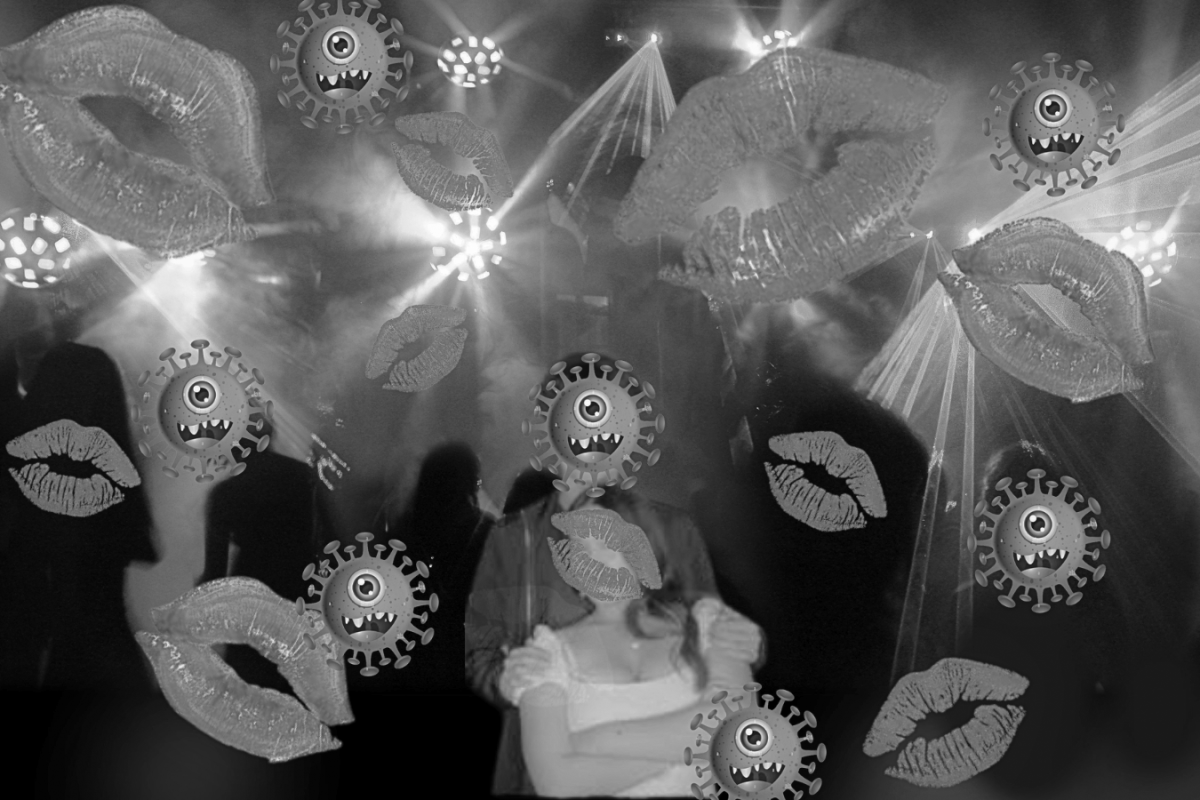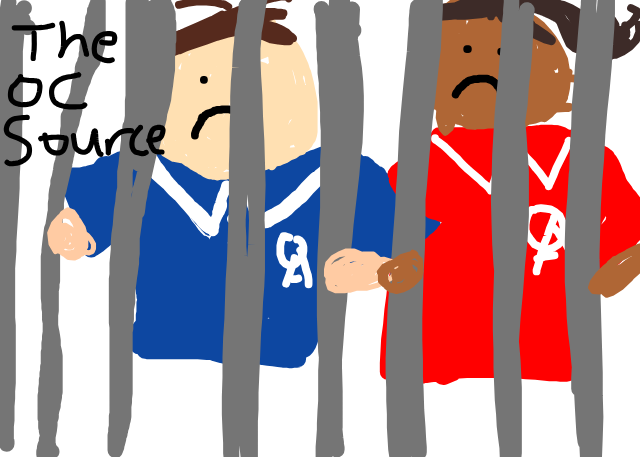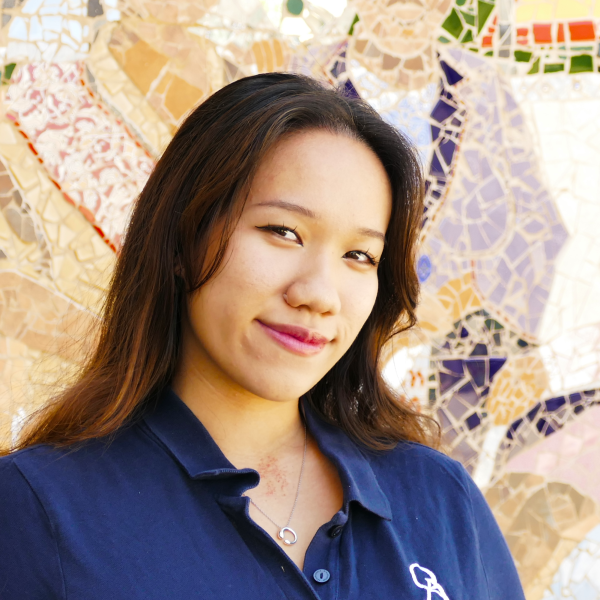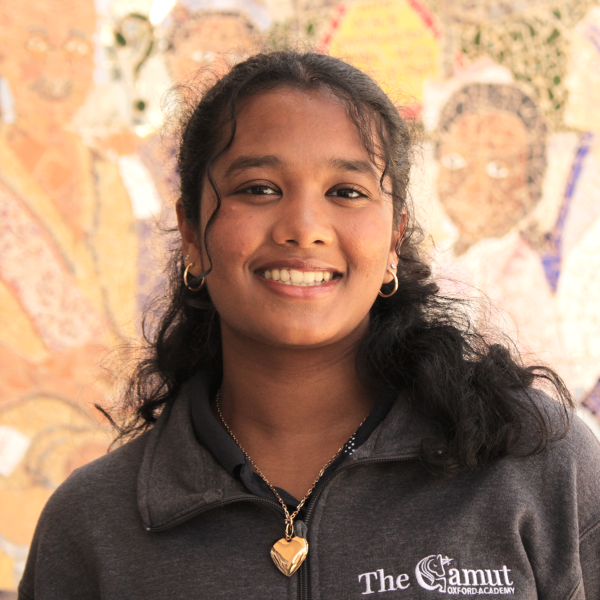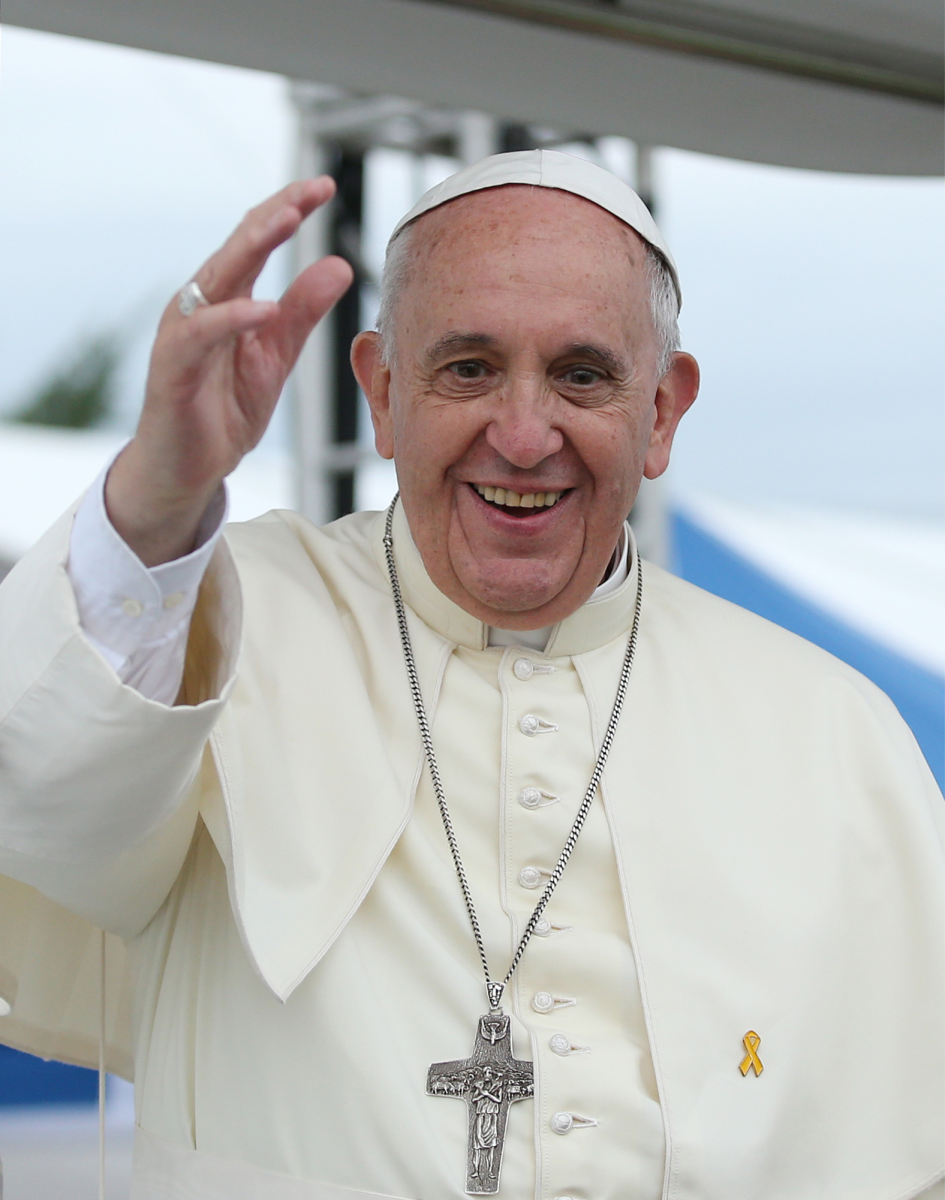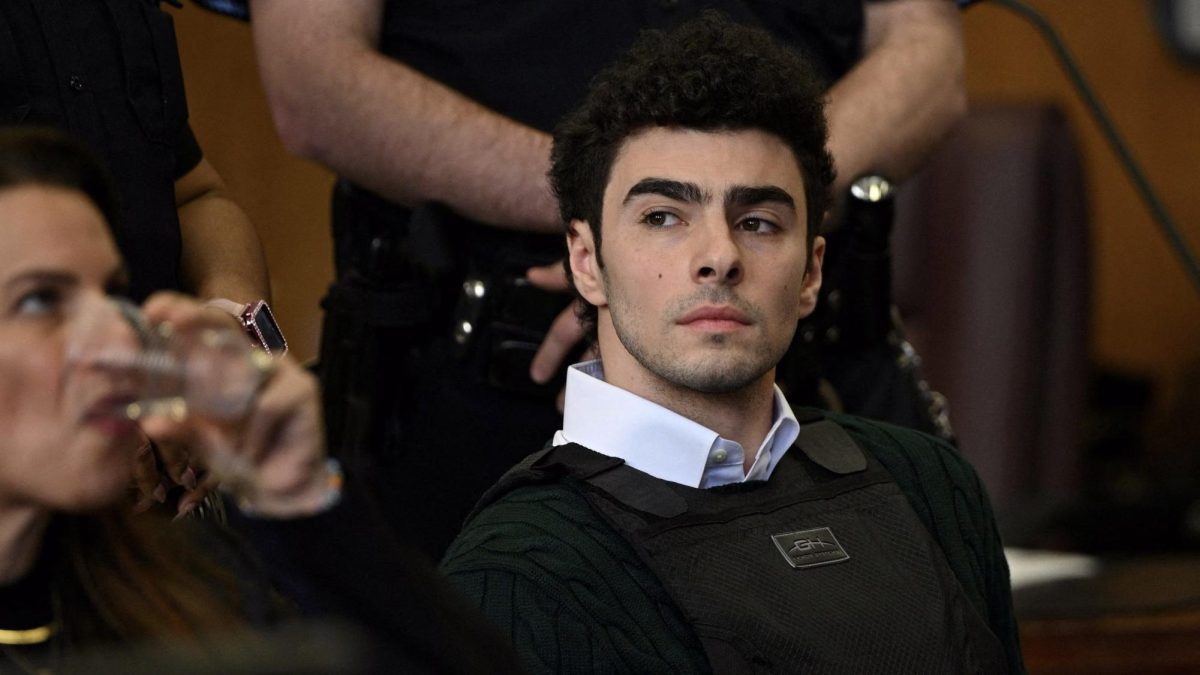While the Western world’s perception of Autumnal holidays may limit itself to only Halloween and the takeover of pumpkin spice-flavored treats back into the public eye, the annual Hindu holiday, Navratri, is just around the corner. Navratri, loosely translated to “nine nights,” is dedicated to honoring the Hindu goddess Durga, who fought against the evil rakshasi (demon) Mahishasura and won after nine days of battle. To celebrate victory and good triumphing over evil, Hindu populations in India, Nepal, and Bangladesh partake in festivities from Oct. 3rd to the 12th, concluding with the festival Dussehra.
On the first day of celebrations, families are usually seen stringing garlands of marigolds on their homes or making delicious foods such as sabudhana kheer, a type of rice pudding that is additionally flavored with nuts and cardamom, as offerings to the goddess. Some families also begin a partial fast for the next nine days, only drinking water, milk, and eating nuts until they can break their fast at sunset by enjoying a filling meal with their loved ones.
However, not a single mandir (a Hindu temple) across the world would be anything short of festive and lively for the rest of the week. Donning their most vibrant kurtas or chaniya cholis, both men and women make their way to worship the goddess Durga through dance. Stemming from the Indian state of Gujarat, Garba is a high-energy, animated devotional dance that aims for participants to embrace their feminine energy or “Shakti” — regardless of gender to show their appreciation to the goddess. Part of the dance also includes playing dandiya, which are clothed wooden sticks that symbolize swords in battle. Both dances are performed in revolving circles and vary per song, usually including spinning, clapping, and sweeping movements that are both engaging to participate in or simply observe.
“I like to celebrate Navratri by going to the temple and playing Garba and Dandiya! I usually go with my family and friends and I always have the best time there. I also definitely enjoy all the food that my mom makes at home throughout the festival. Overall, I just love the vibes that come with this occasion and I always look forward to it every year,” junior Shreya Patel said.
Dussehra, also known as Dasara, Dashain, or Vijayadasham in different Indian states, marks the end of the nine nights and is a day dedicated to puja, a Hindu worship ritual. Most families either pray at their home mandirs or go to local community temples with family and friends. In the regions of Bangladesh, the day is known as “Durga Puja,” where they conduct huge community gatherings to perform songs, dance, and pray together.
There’s no doubt that Southern California is the place to be for any cultural activities outside of the country itself! For local happenings and places to immerse yourself in Navratri, check out All World Gayatri Pariwar, a Hindu temple in Anaheim, or the Sanatana Dharma Temple in Norwalk.


